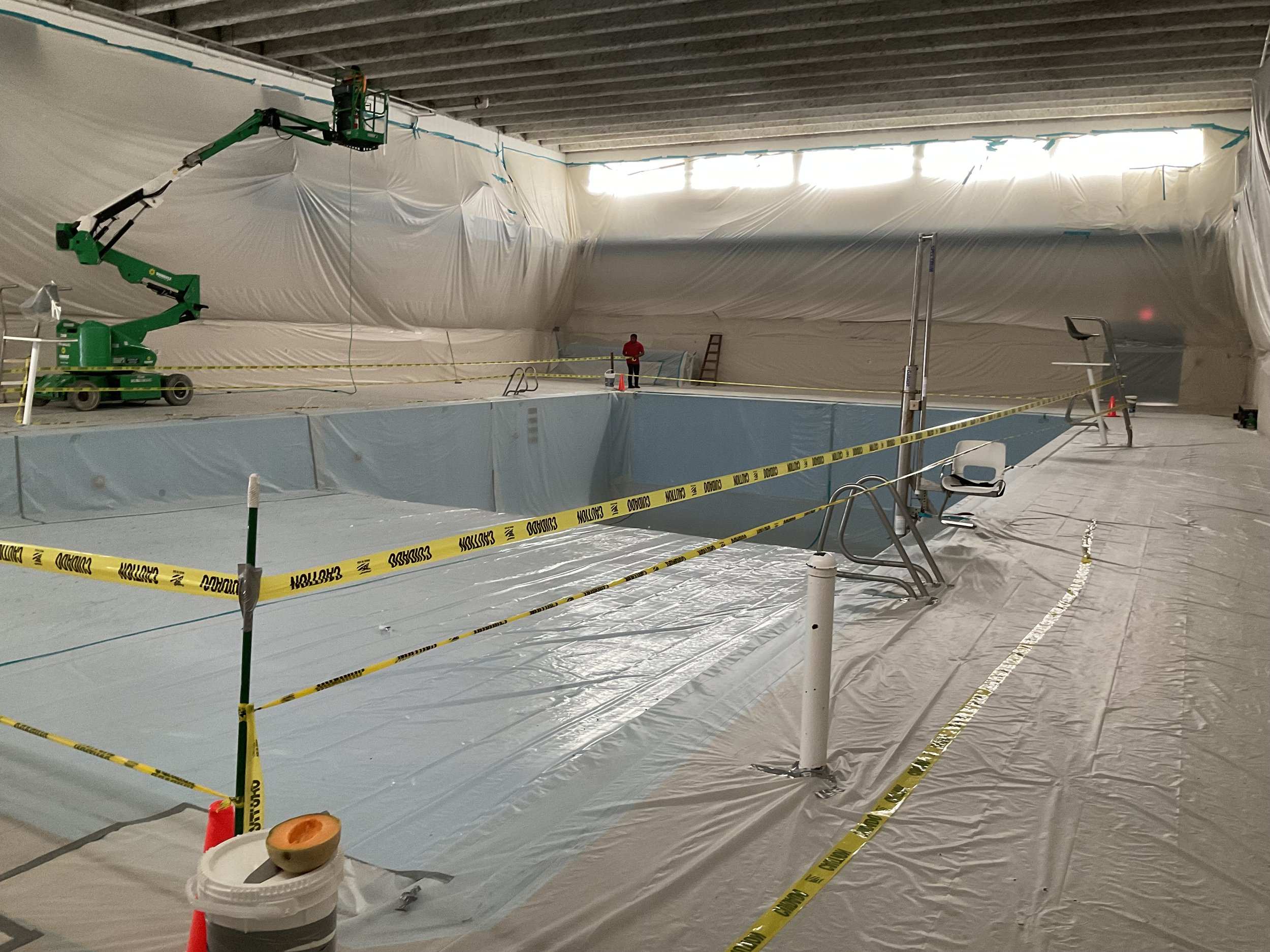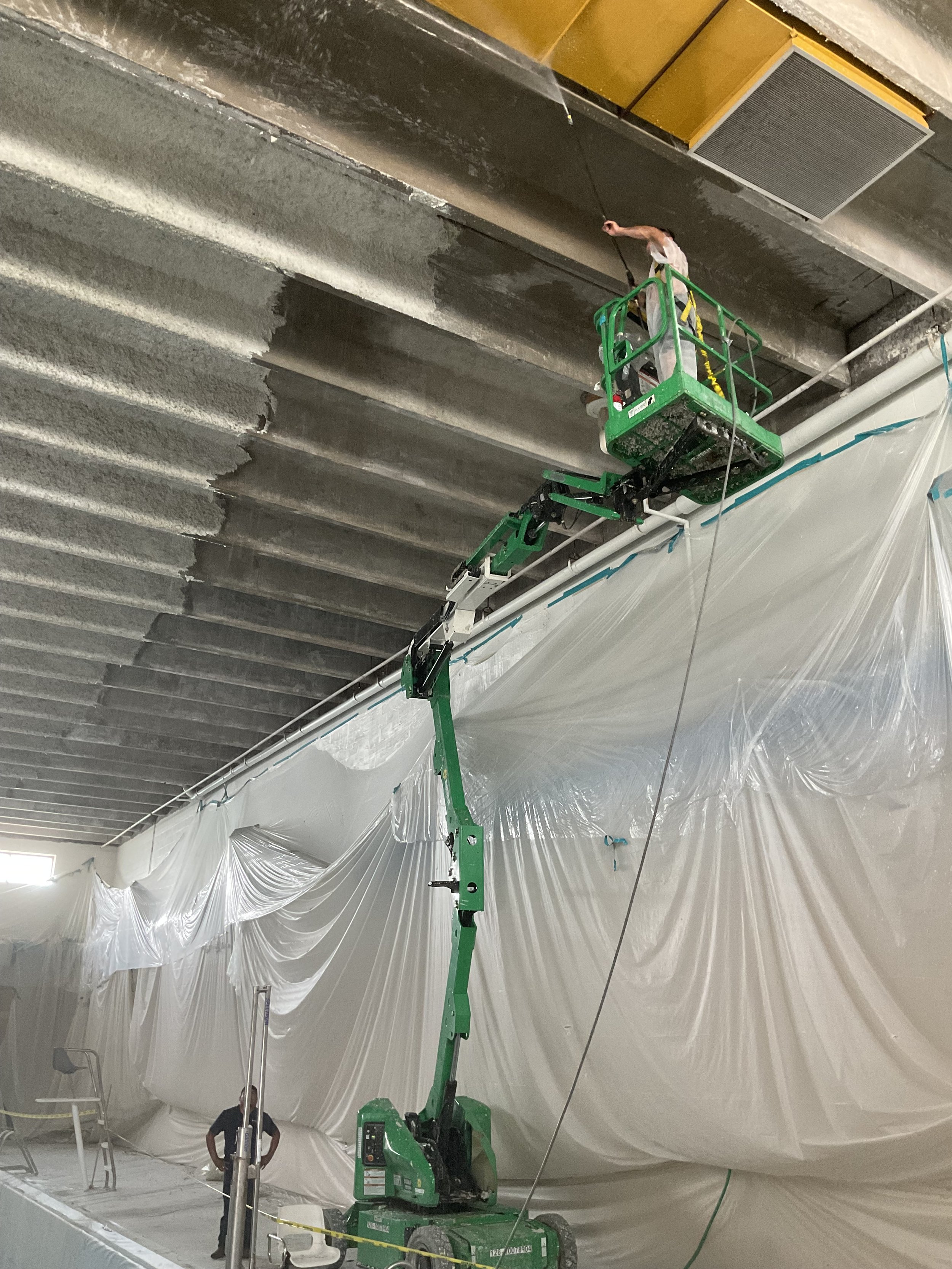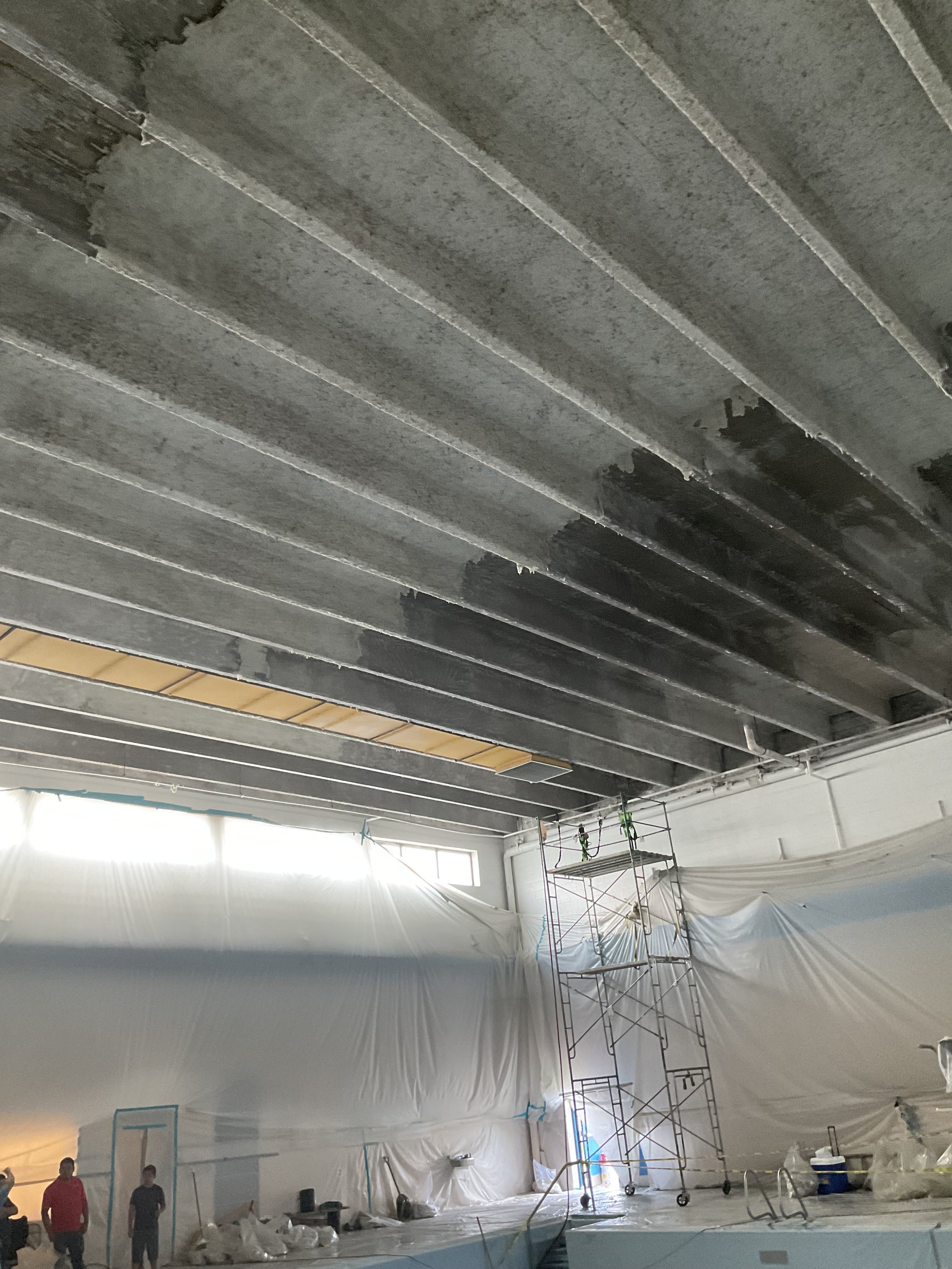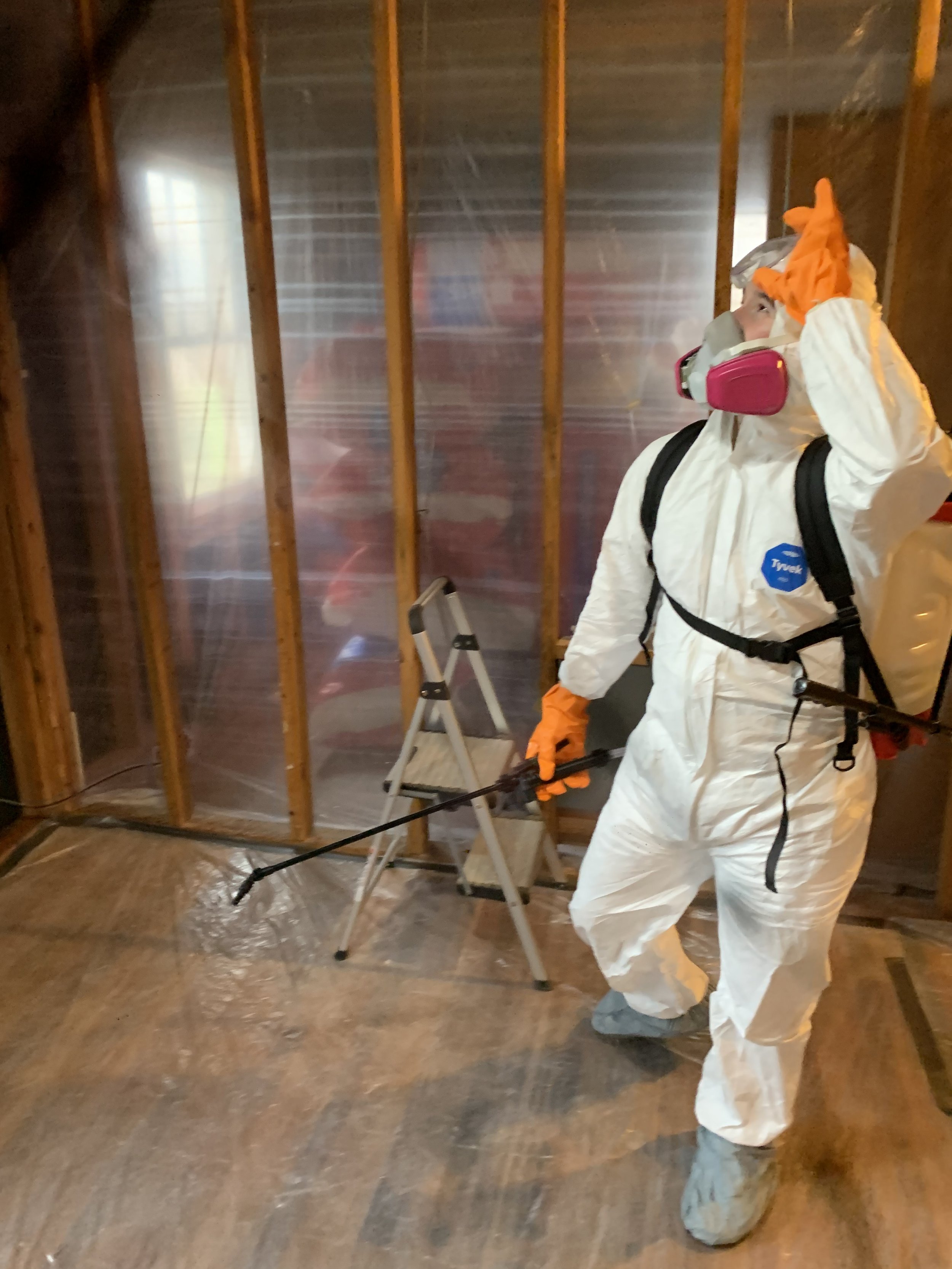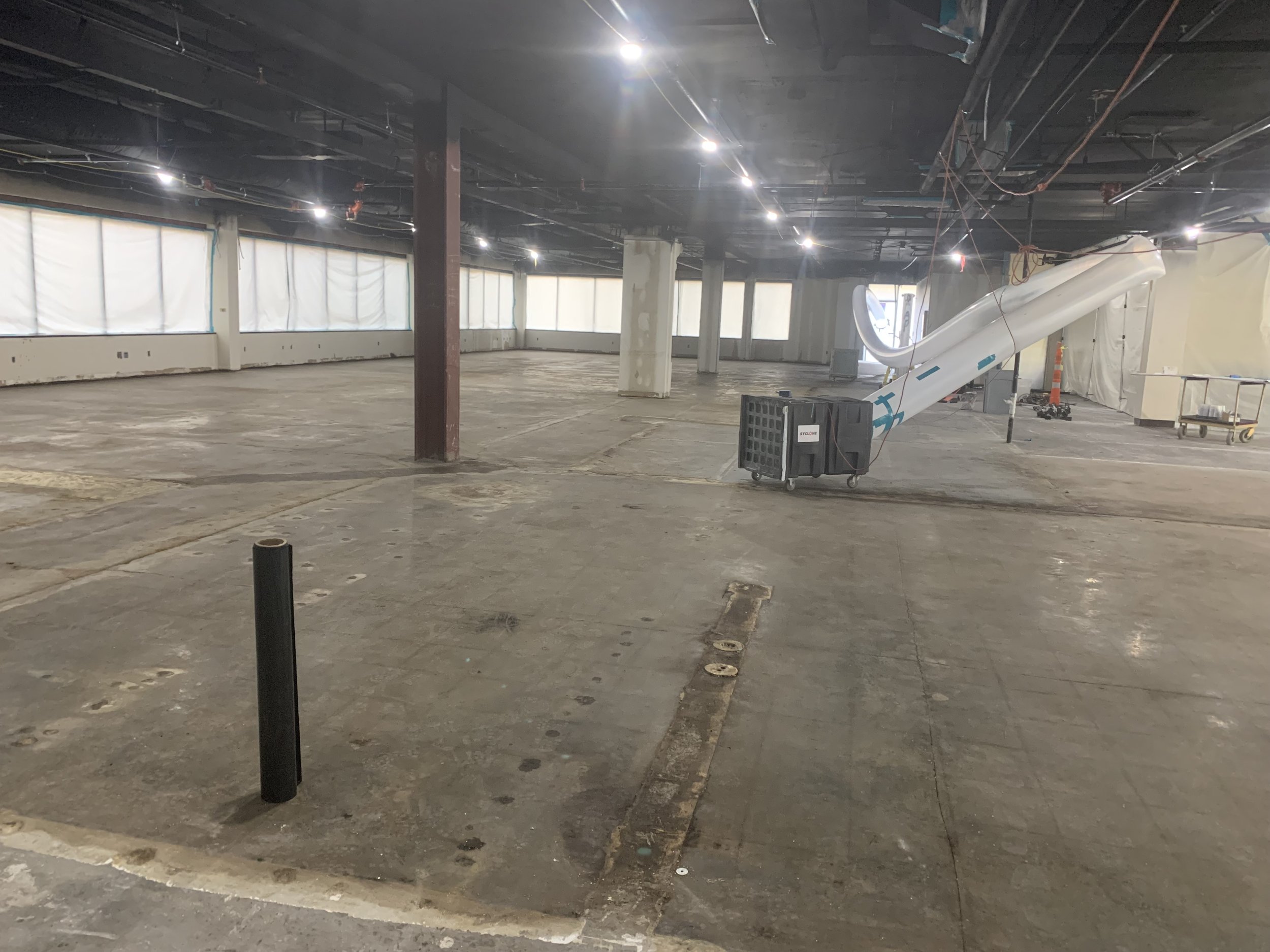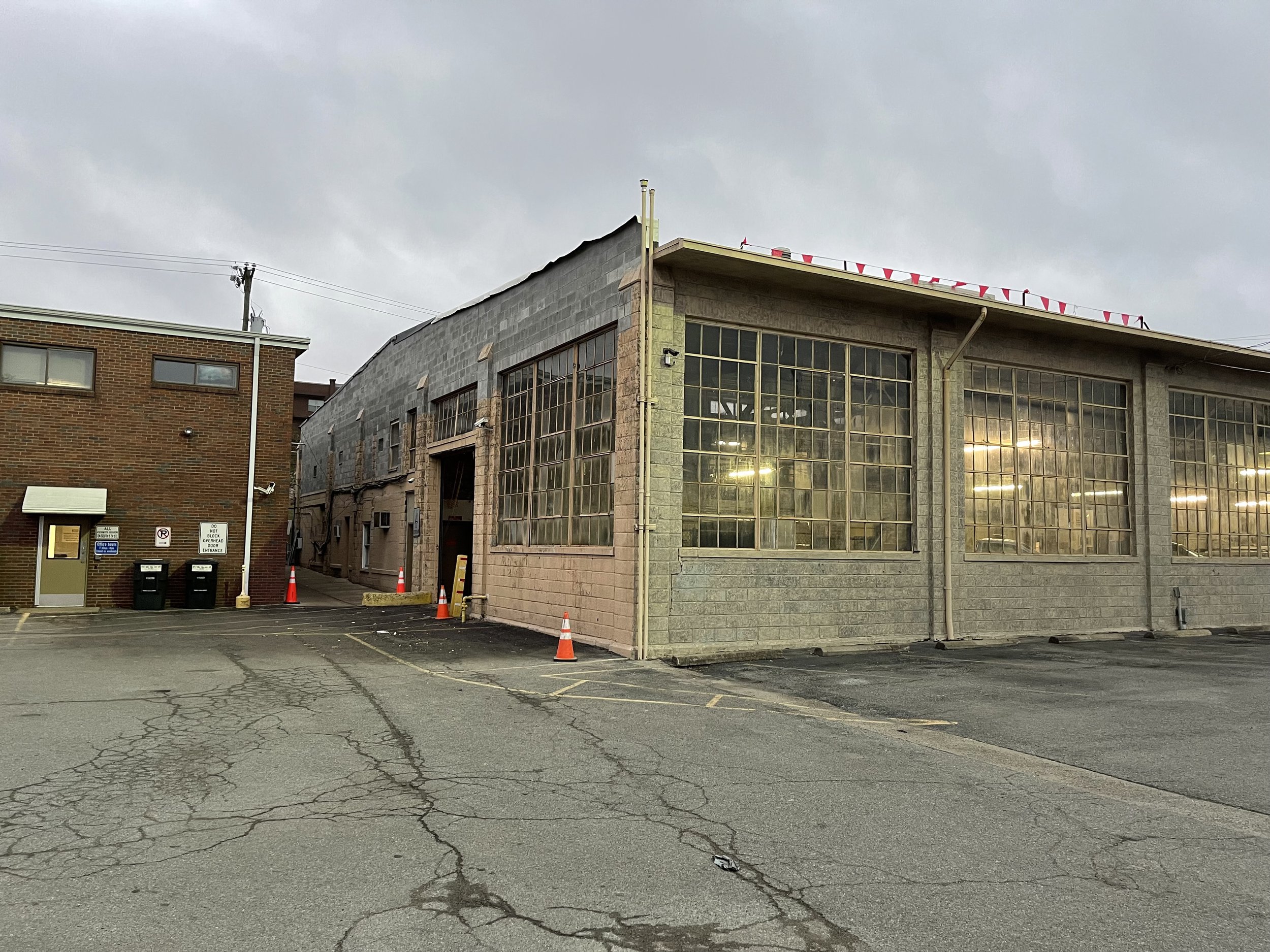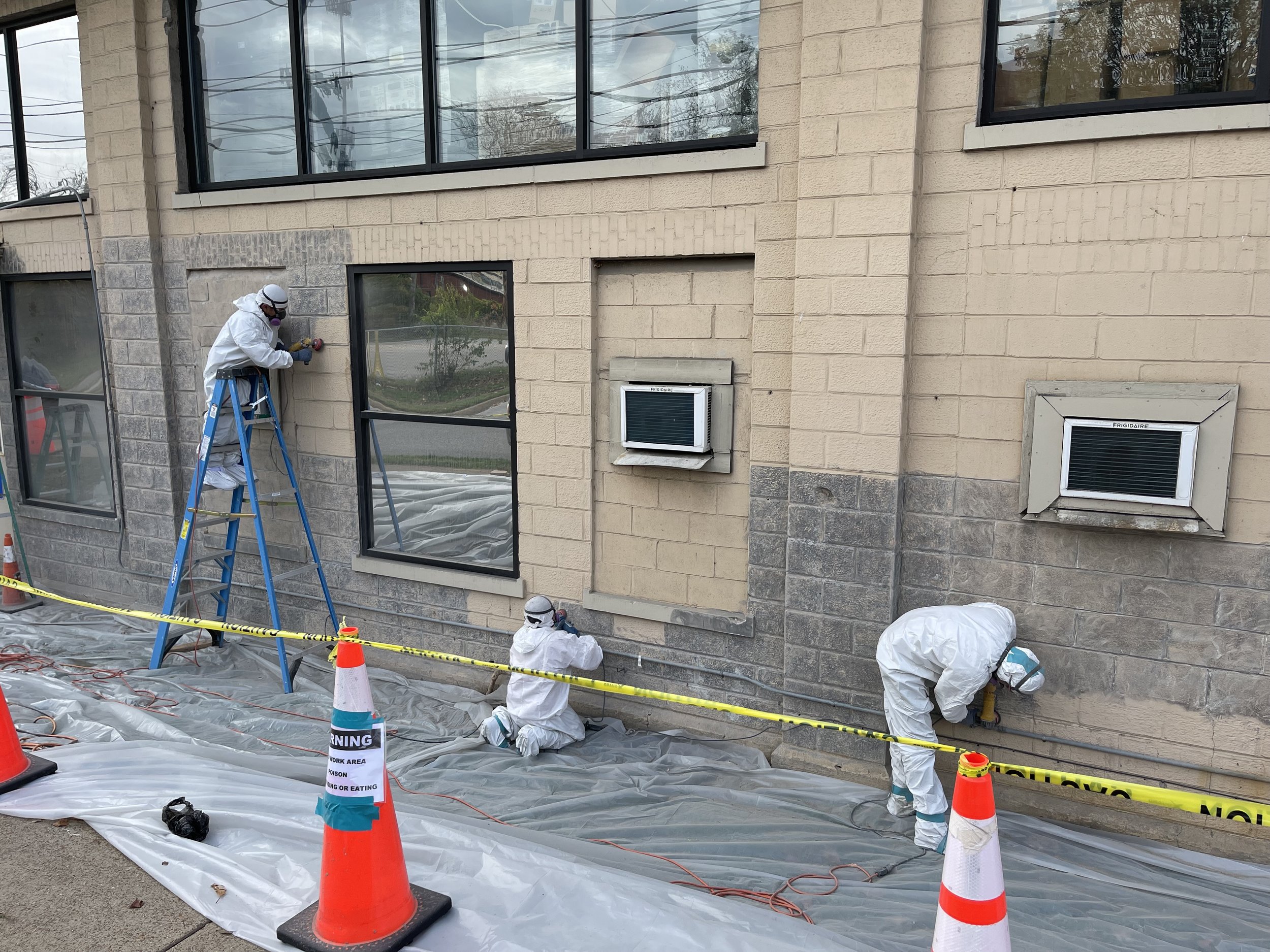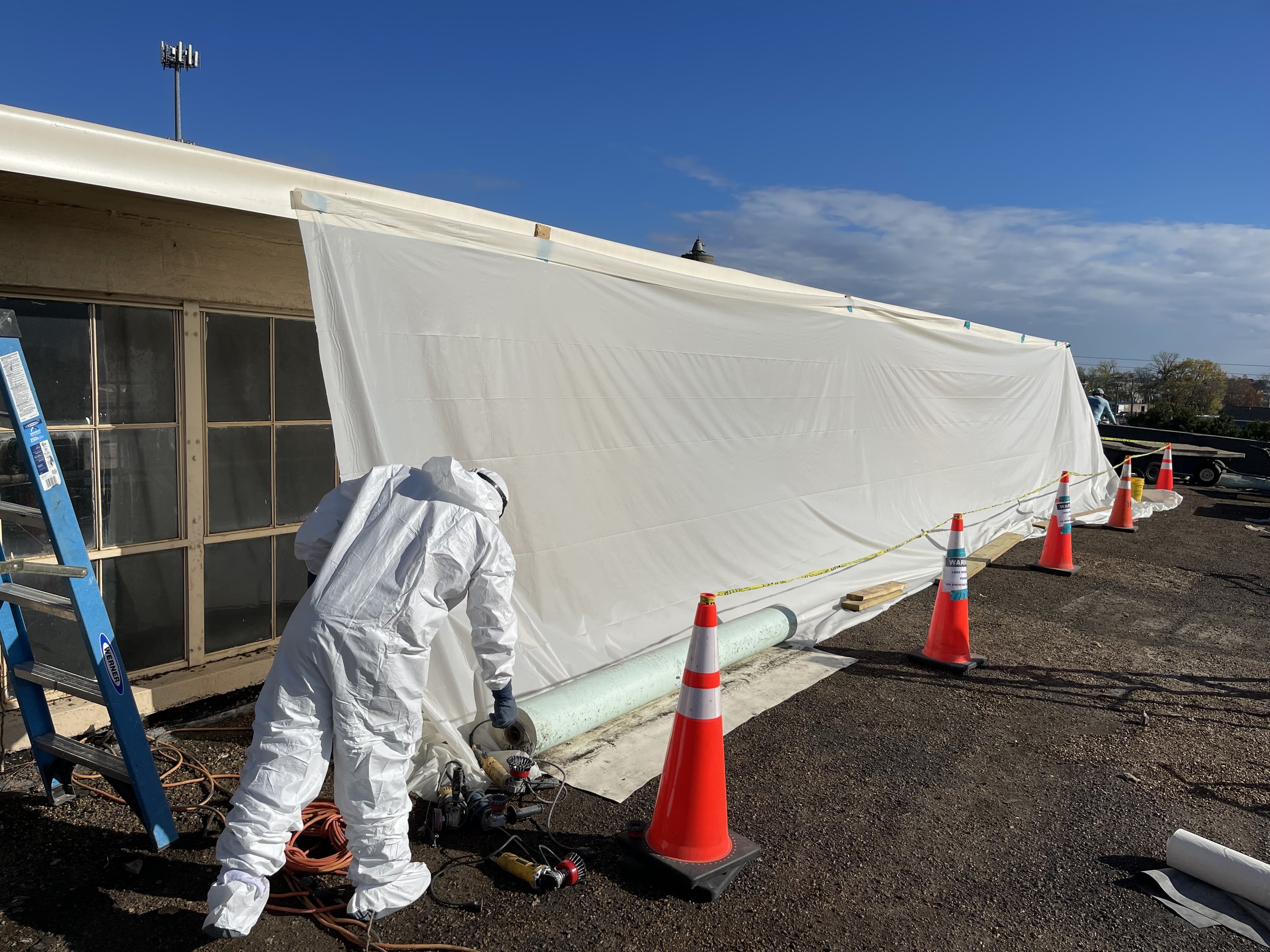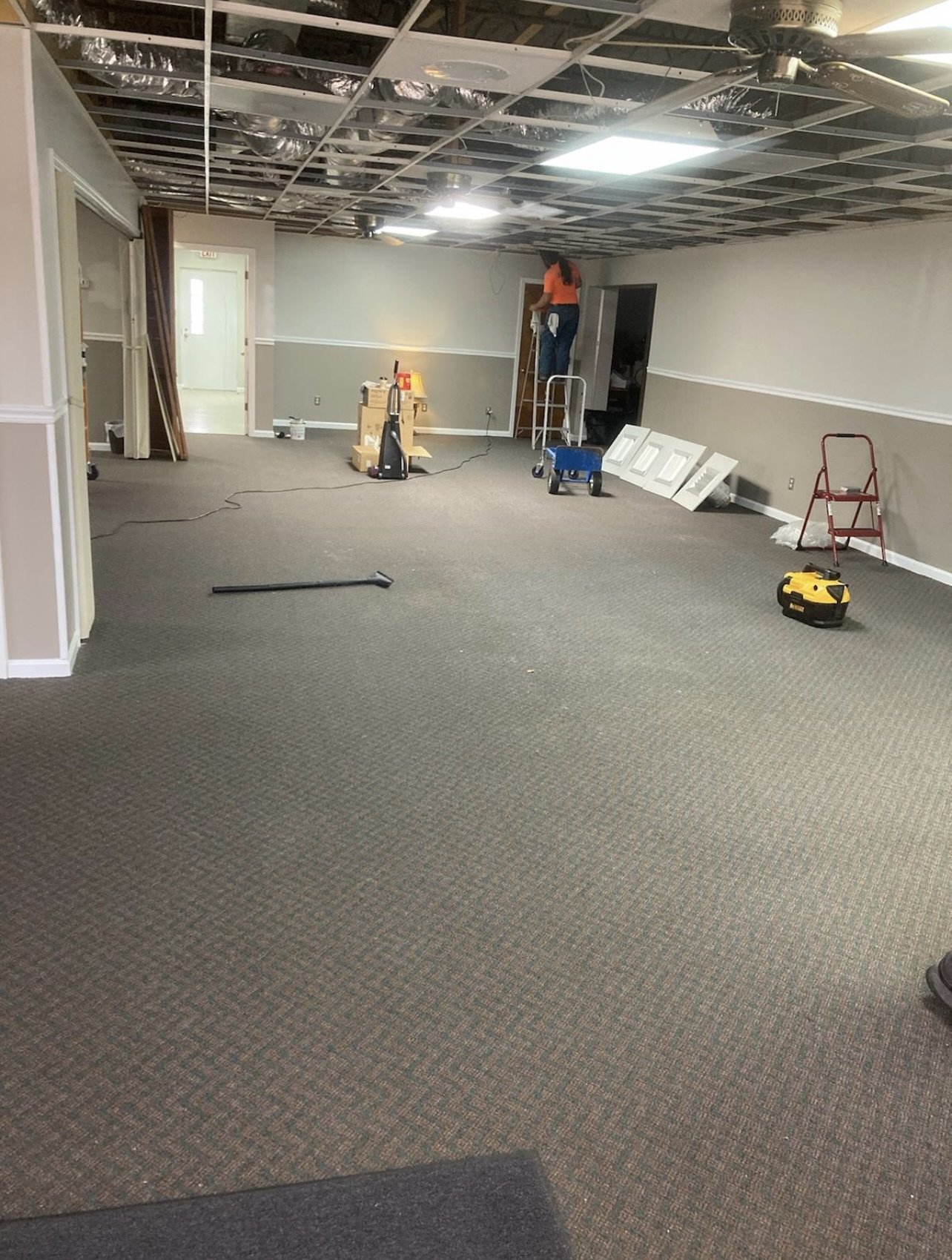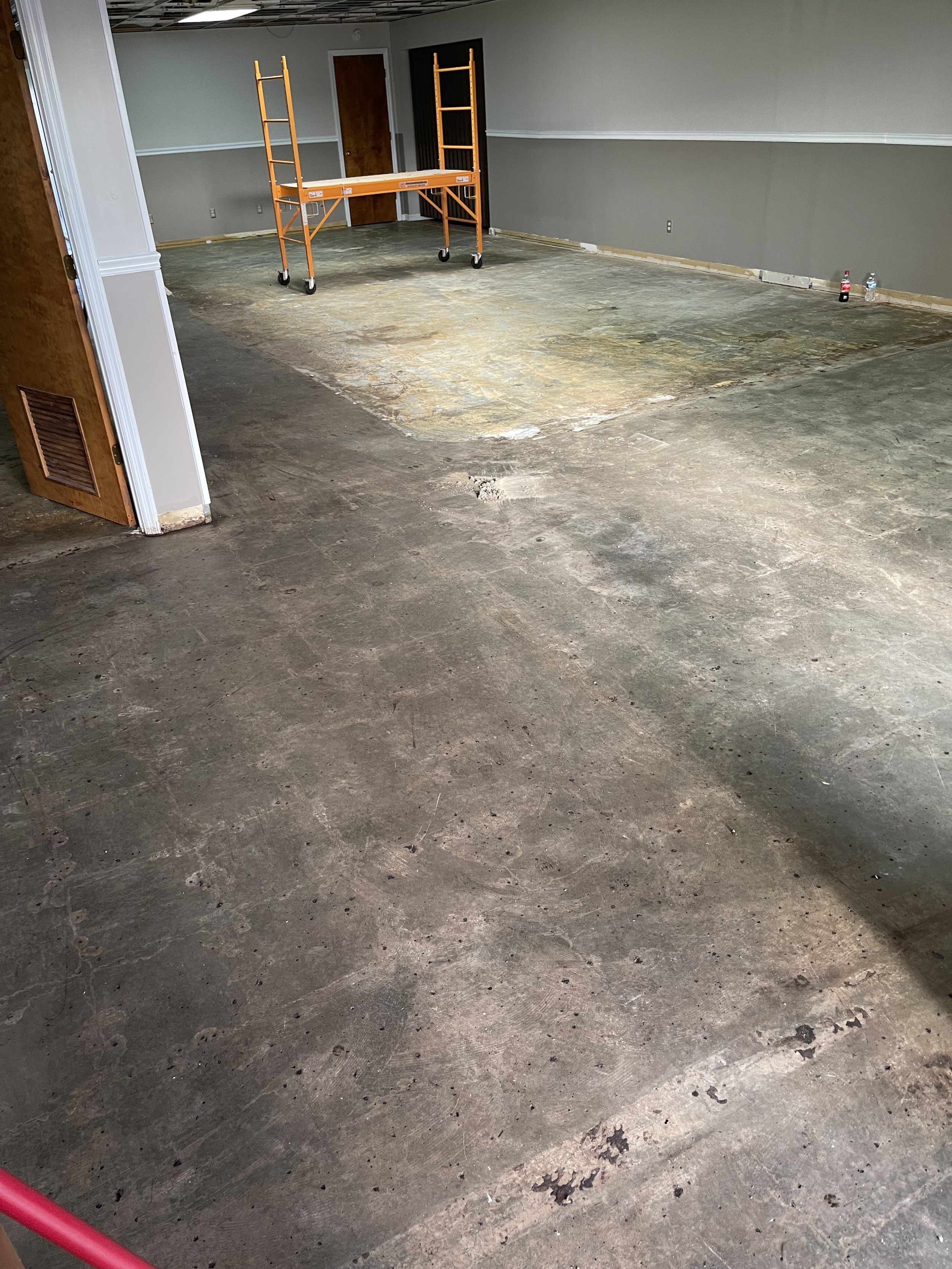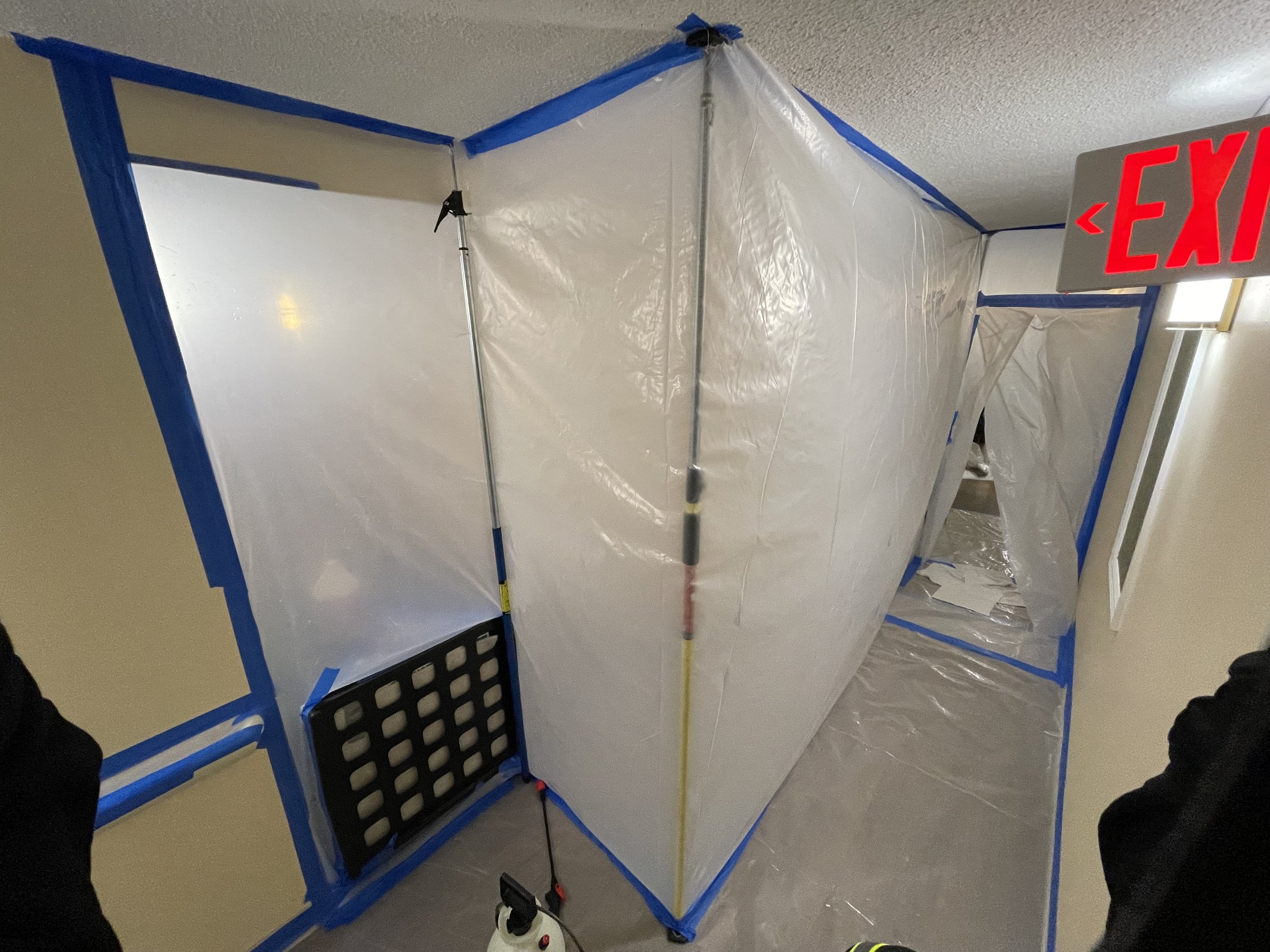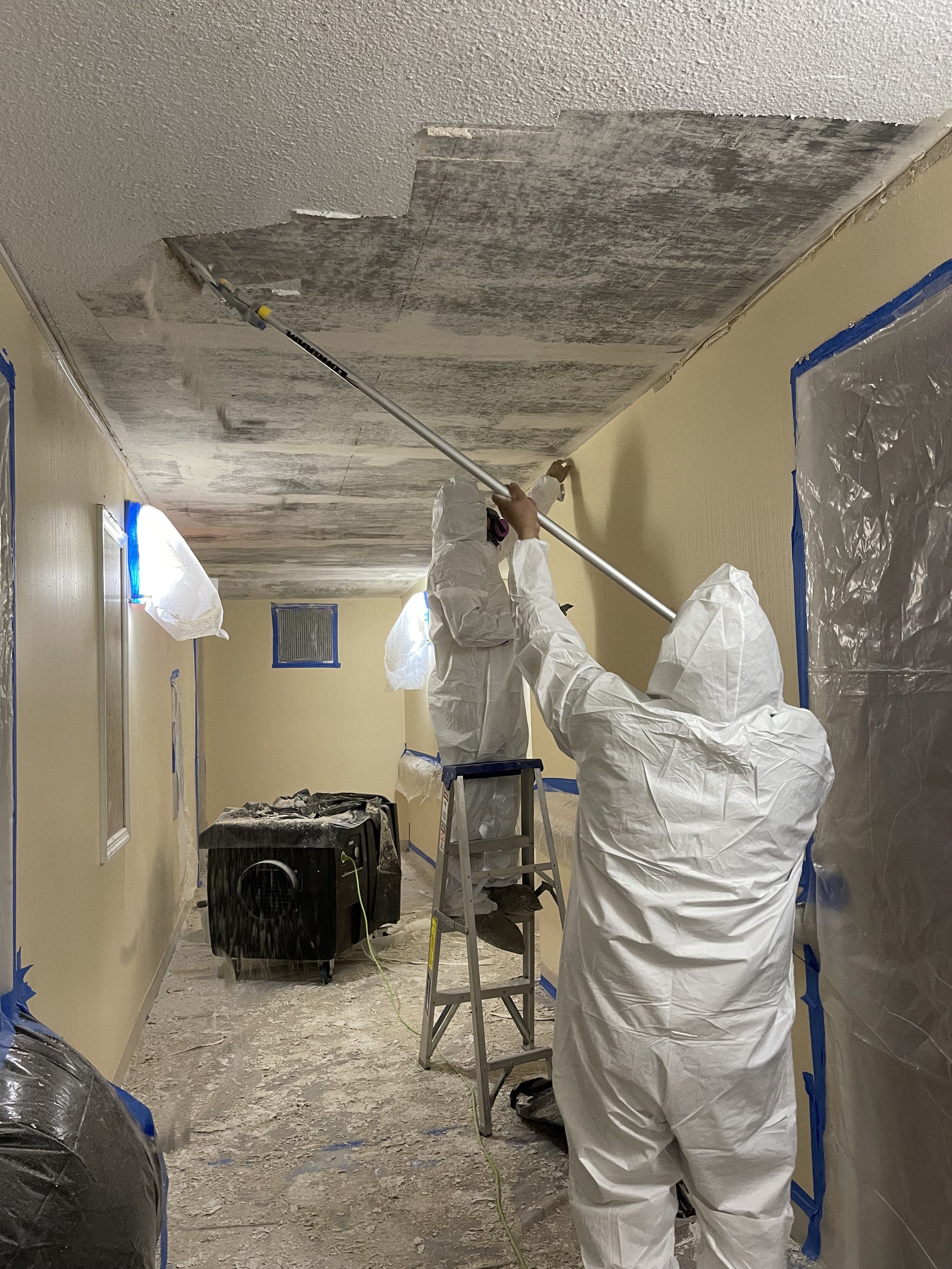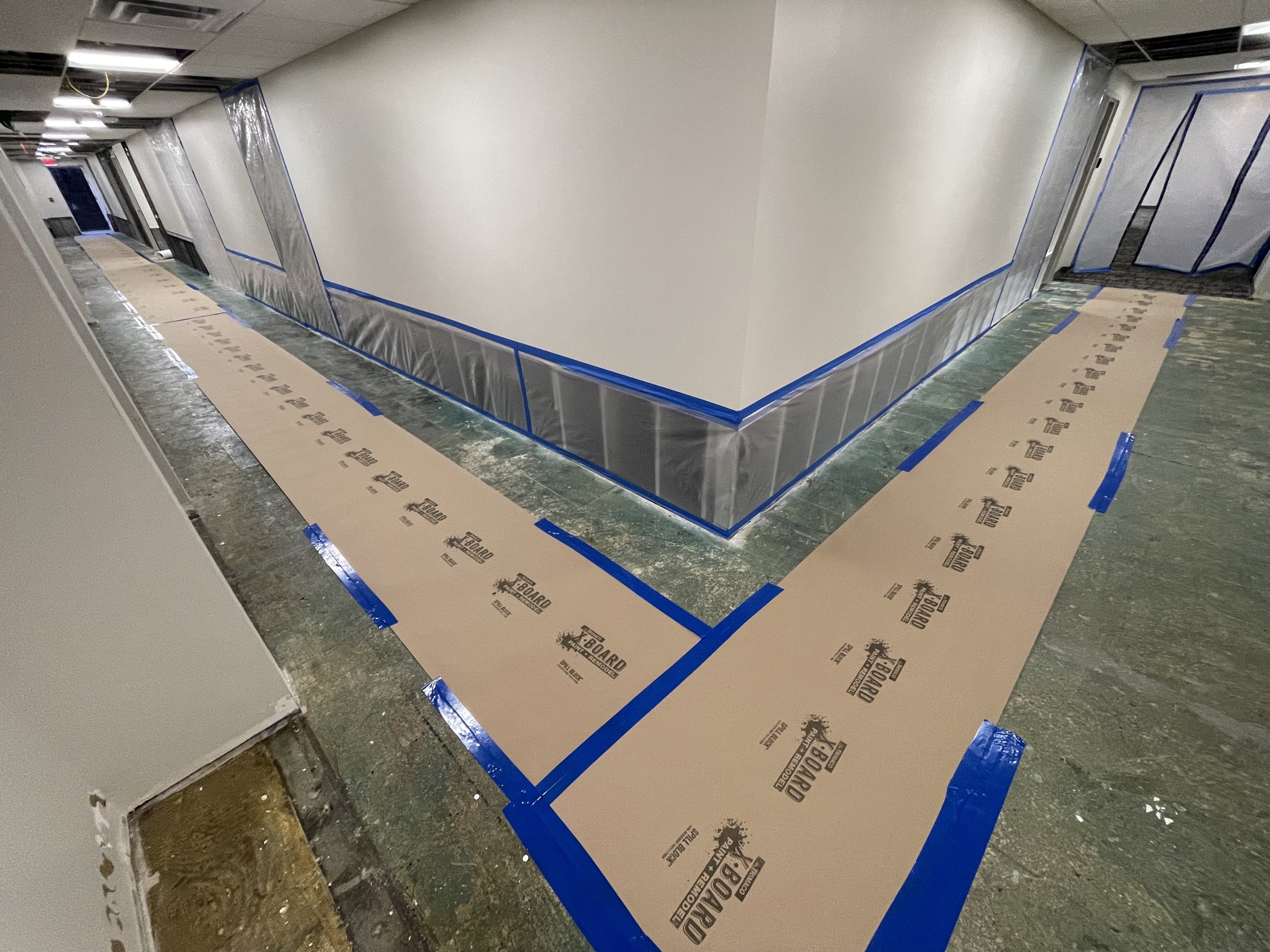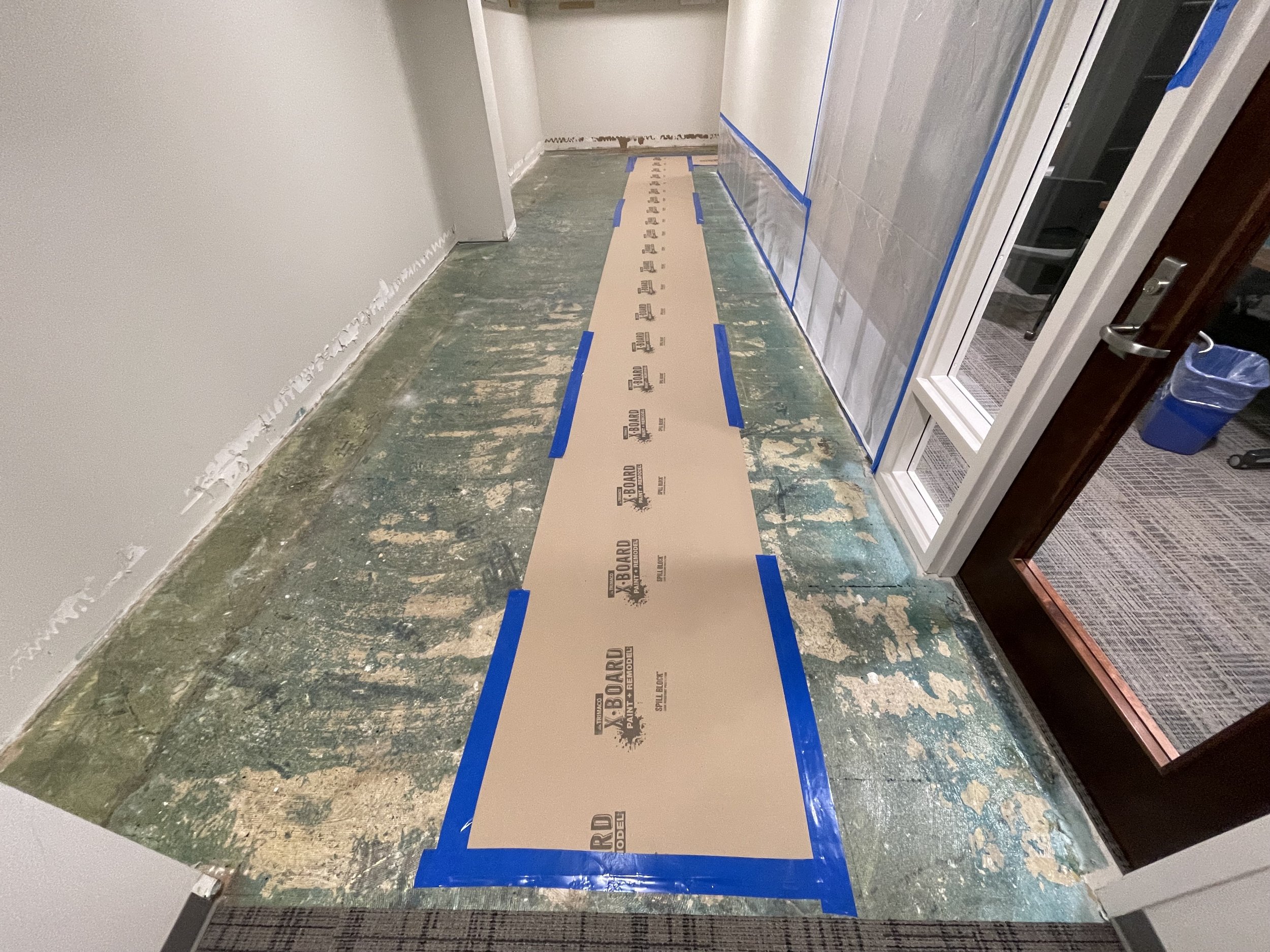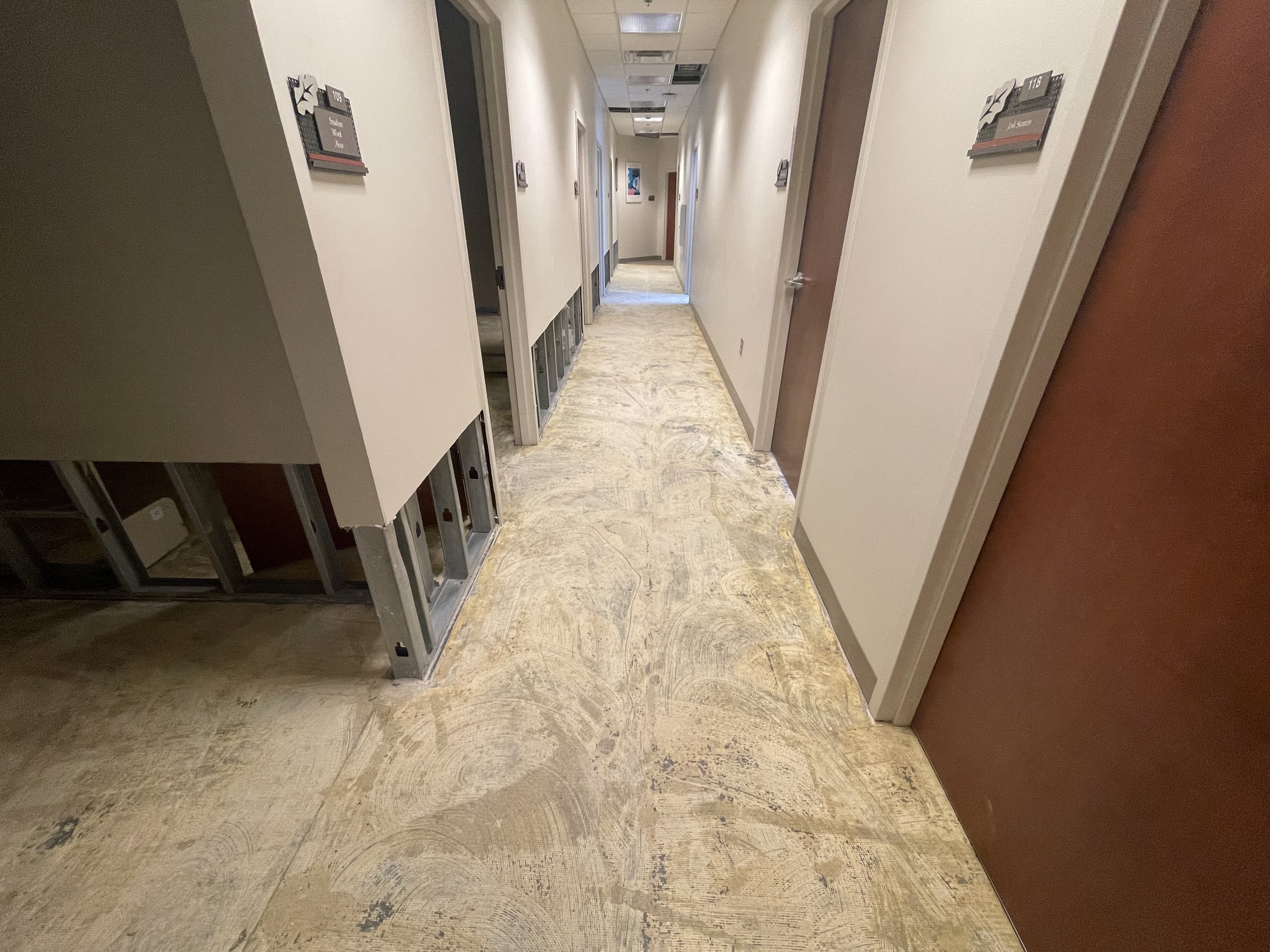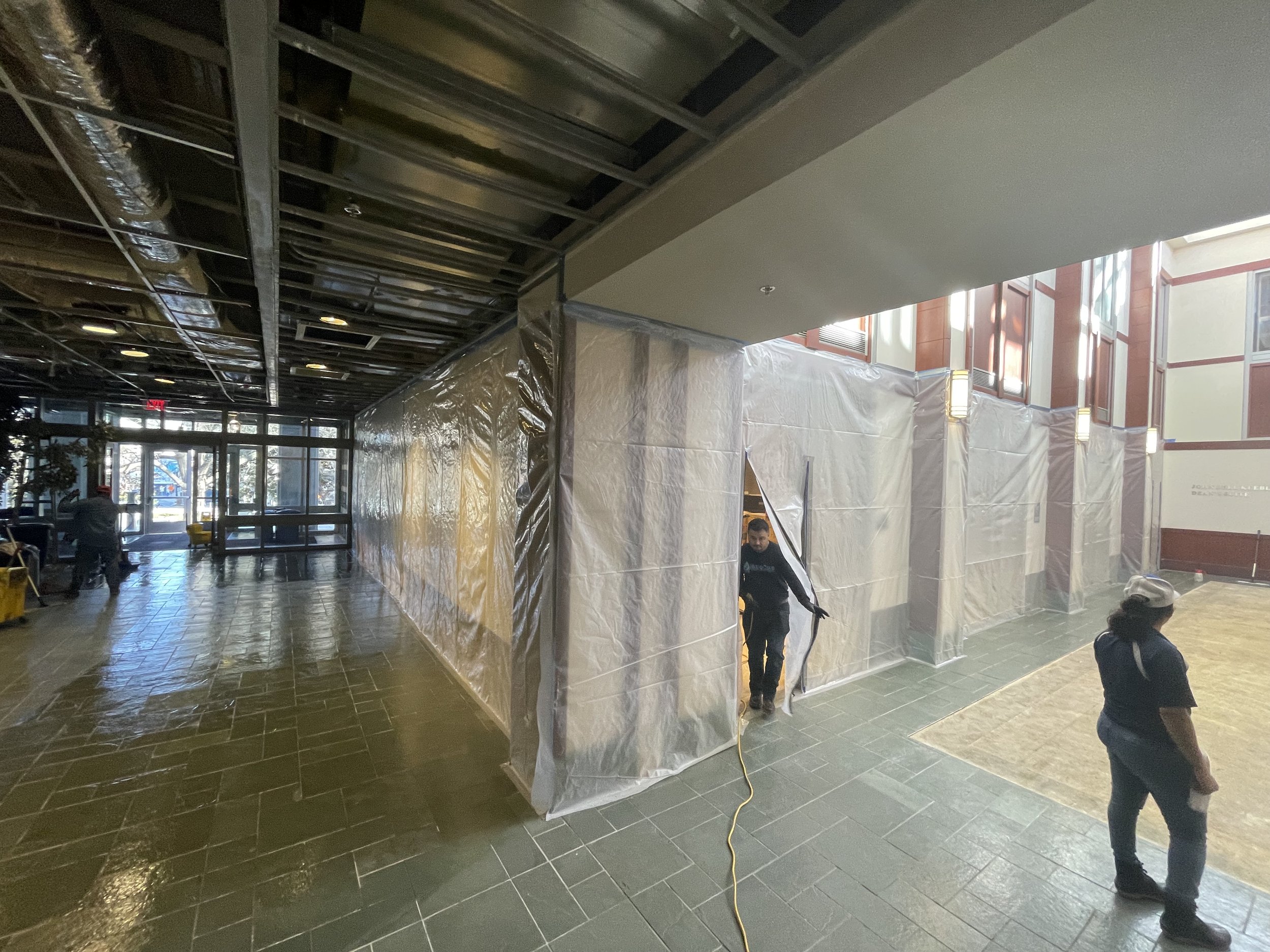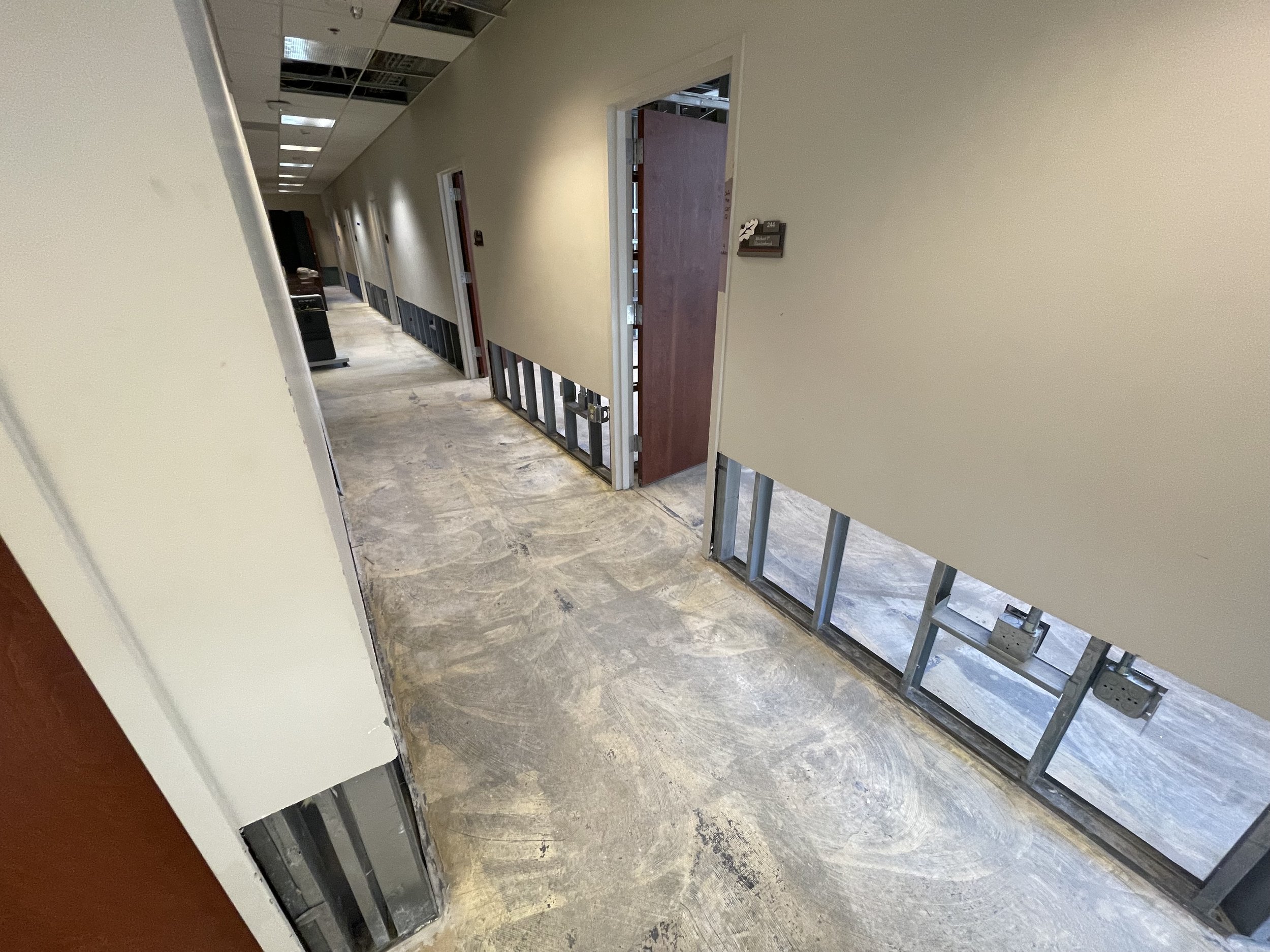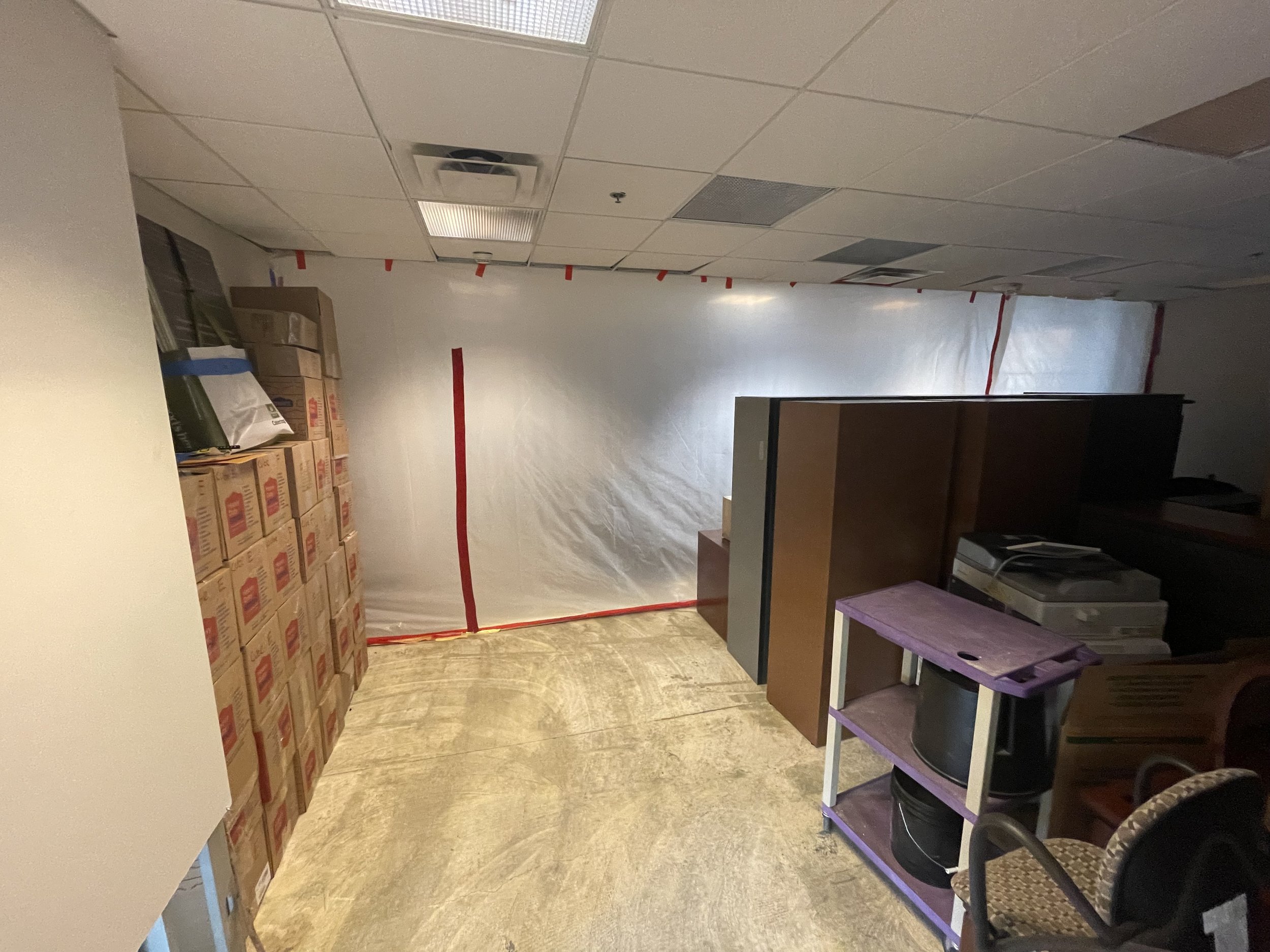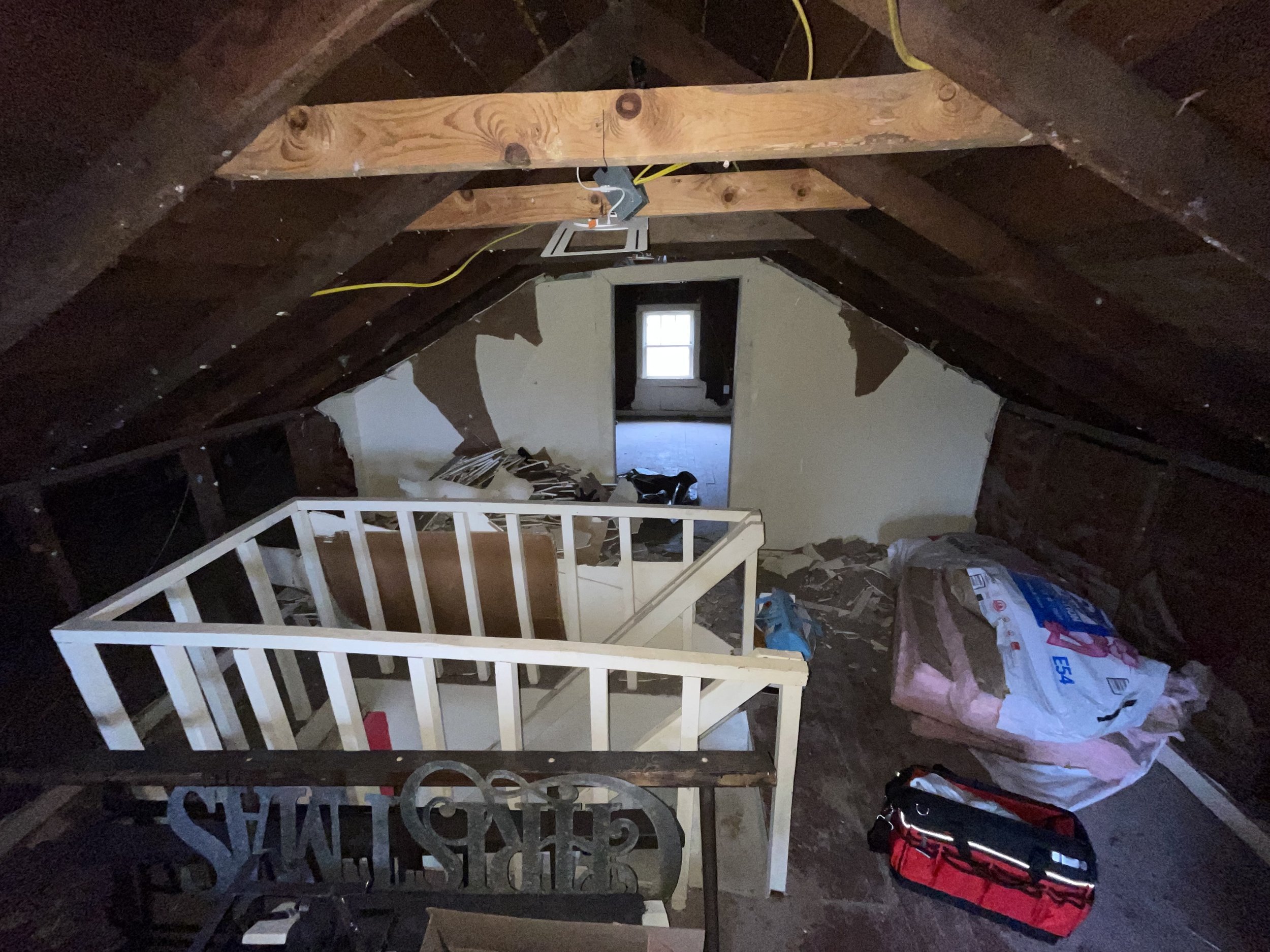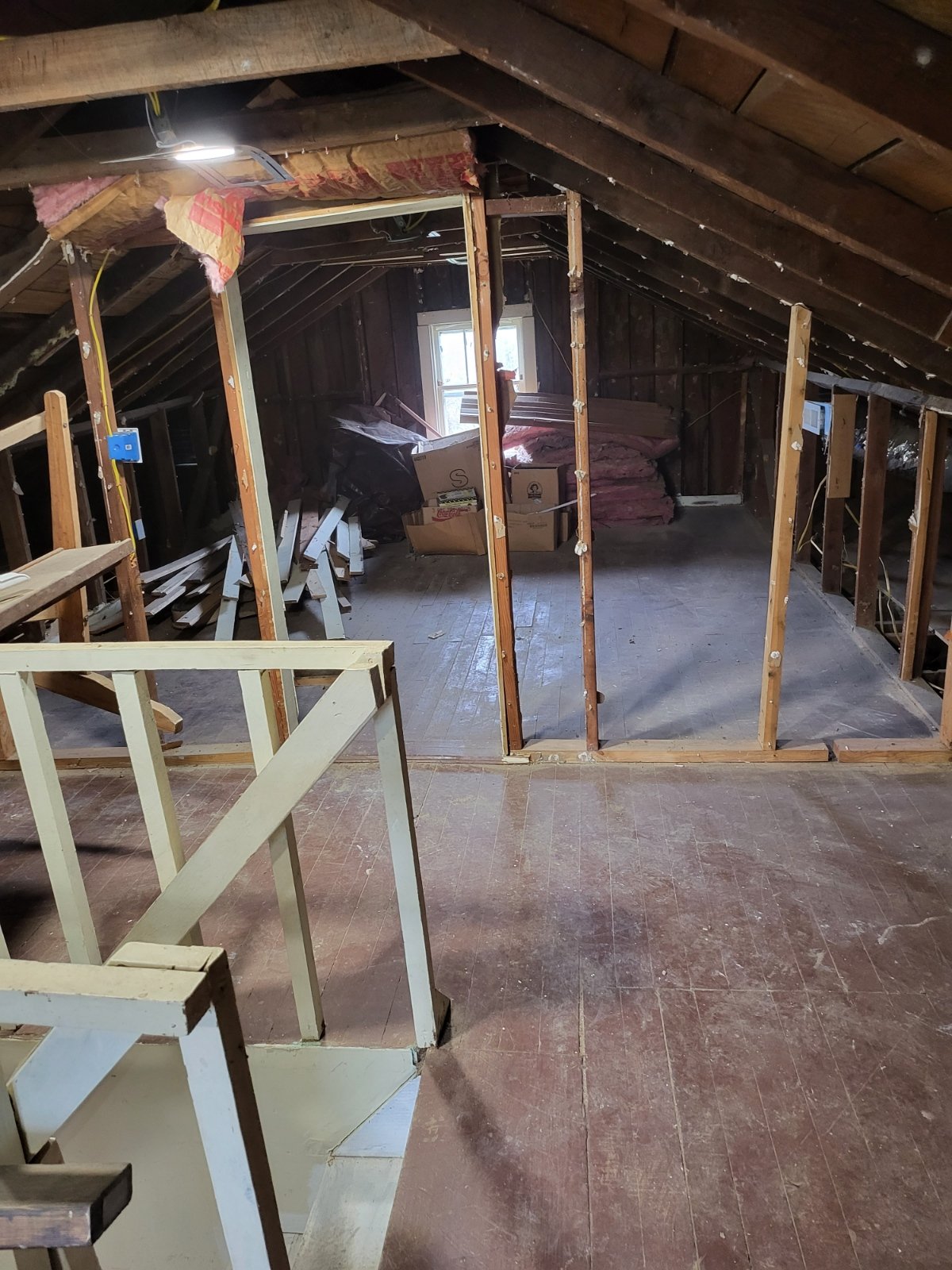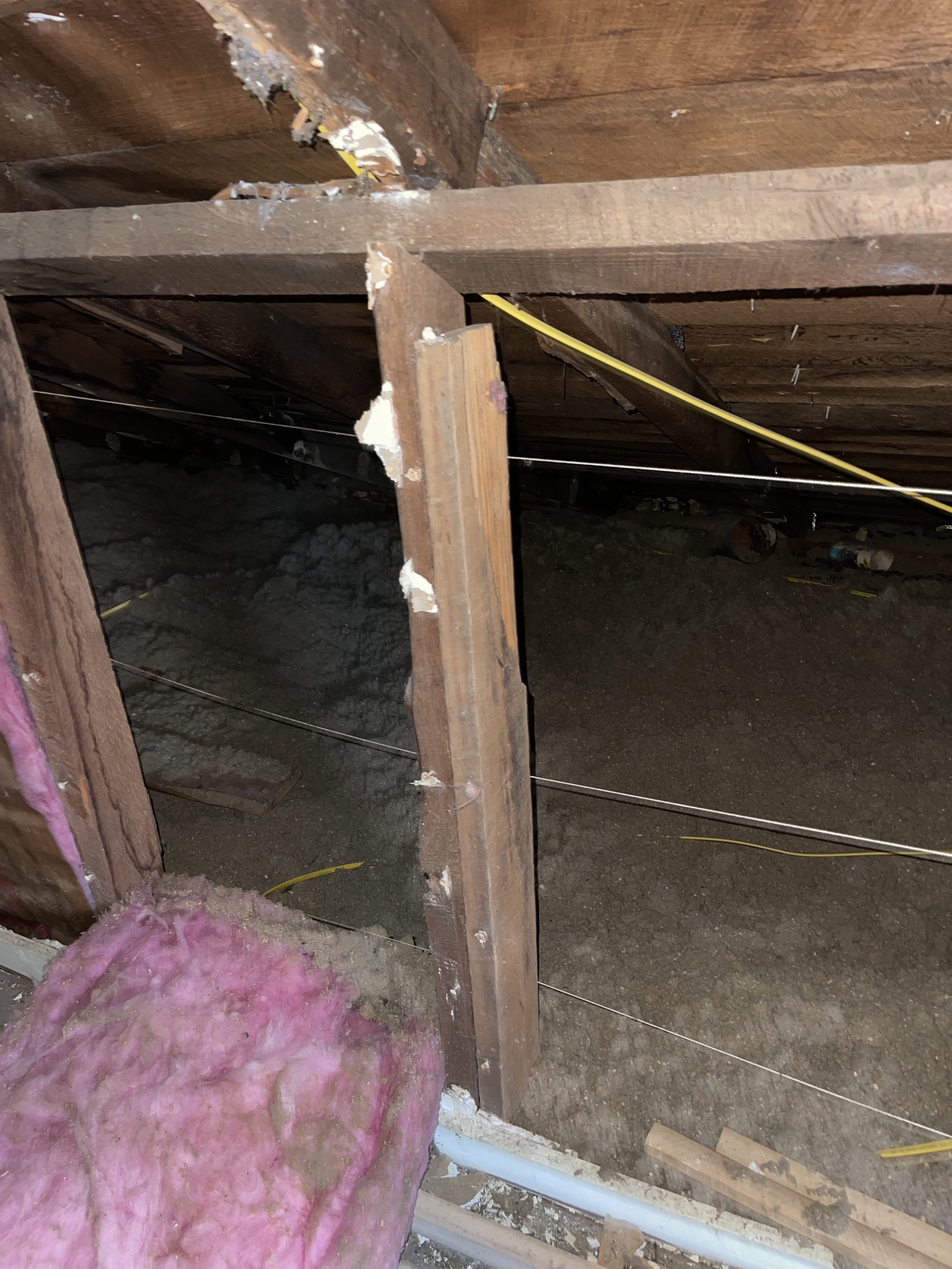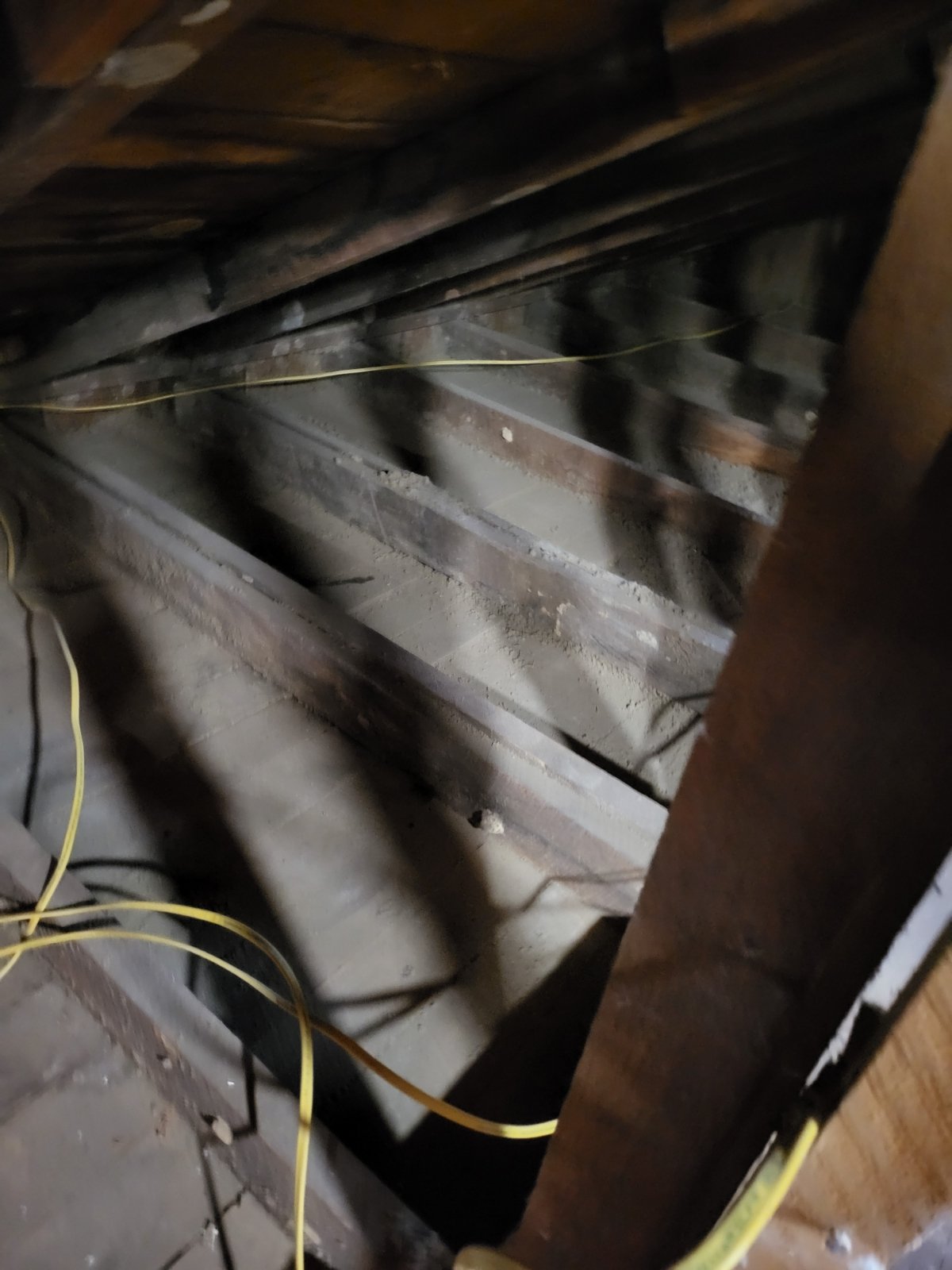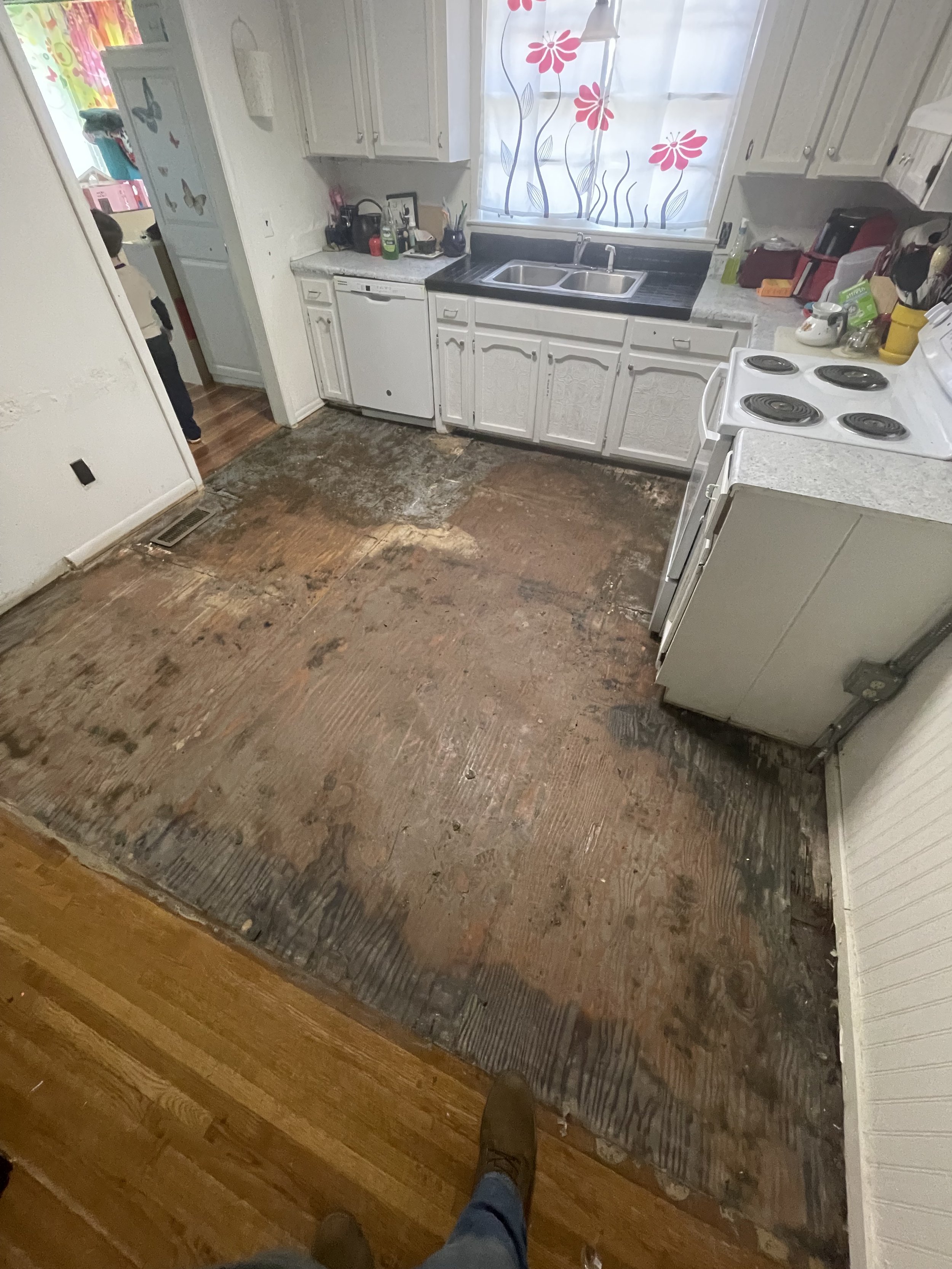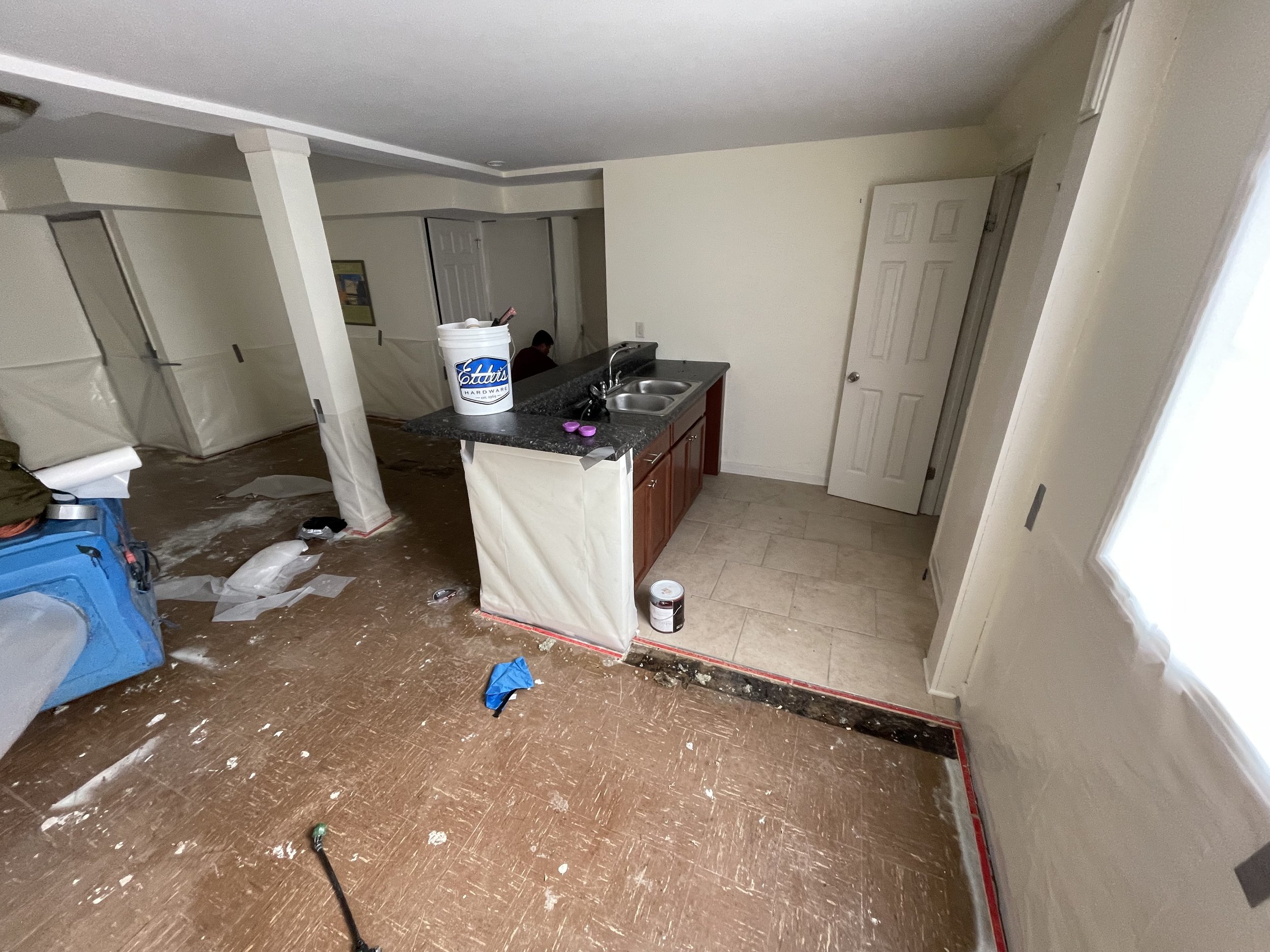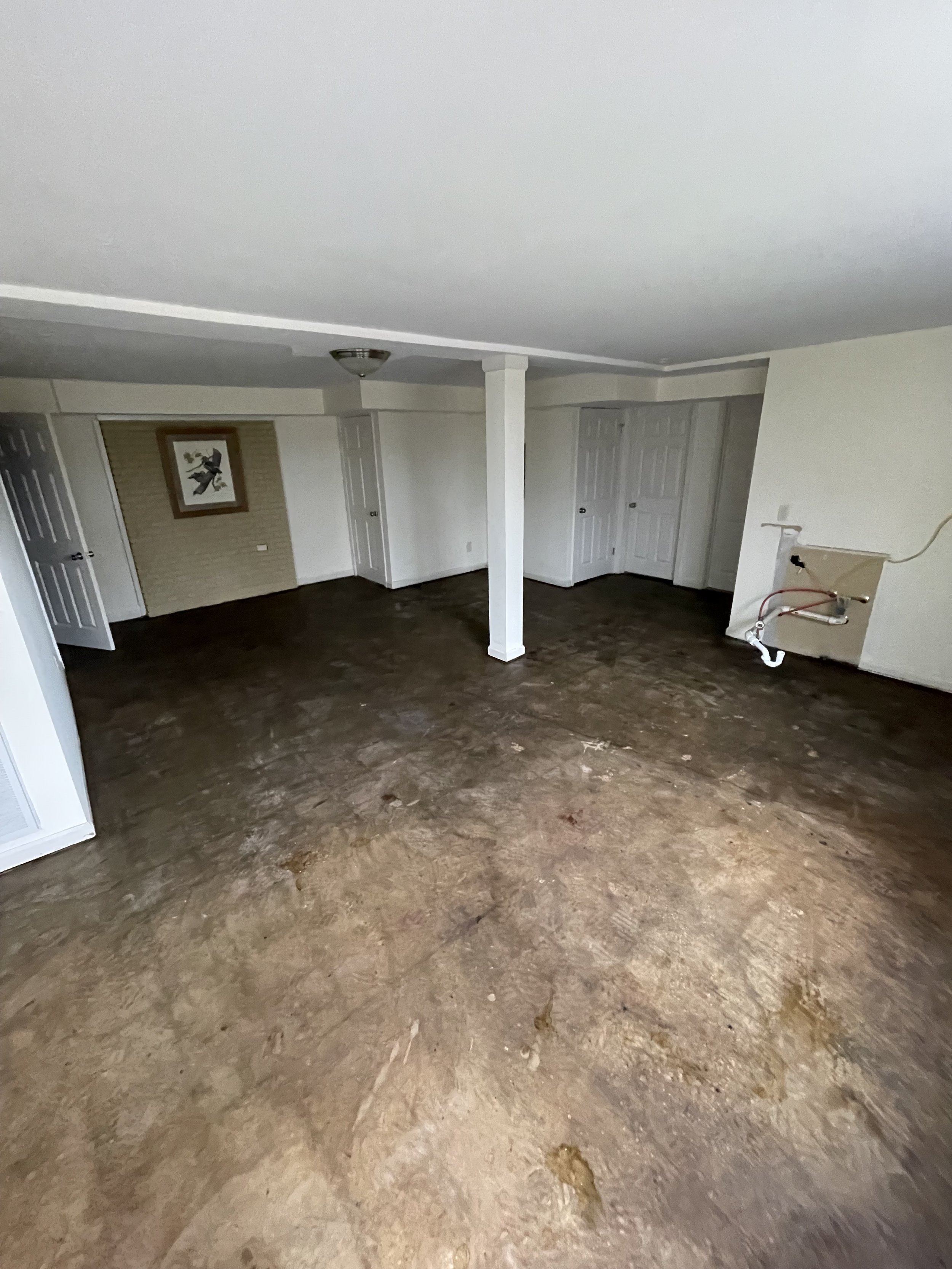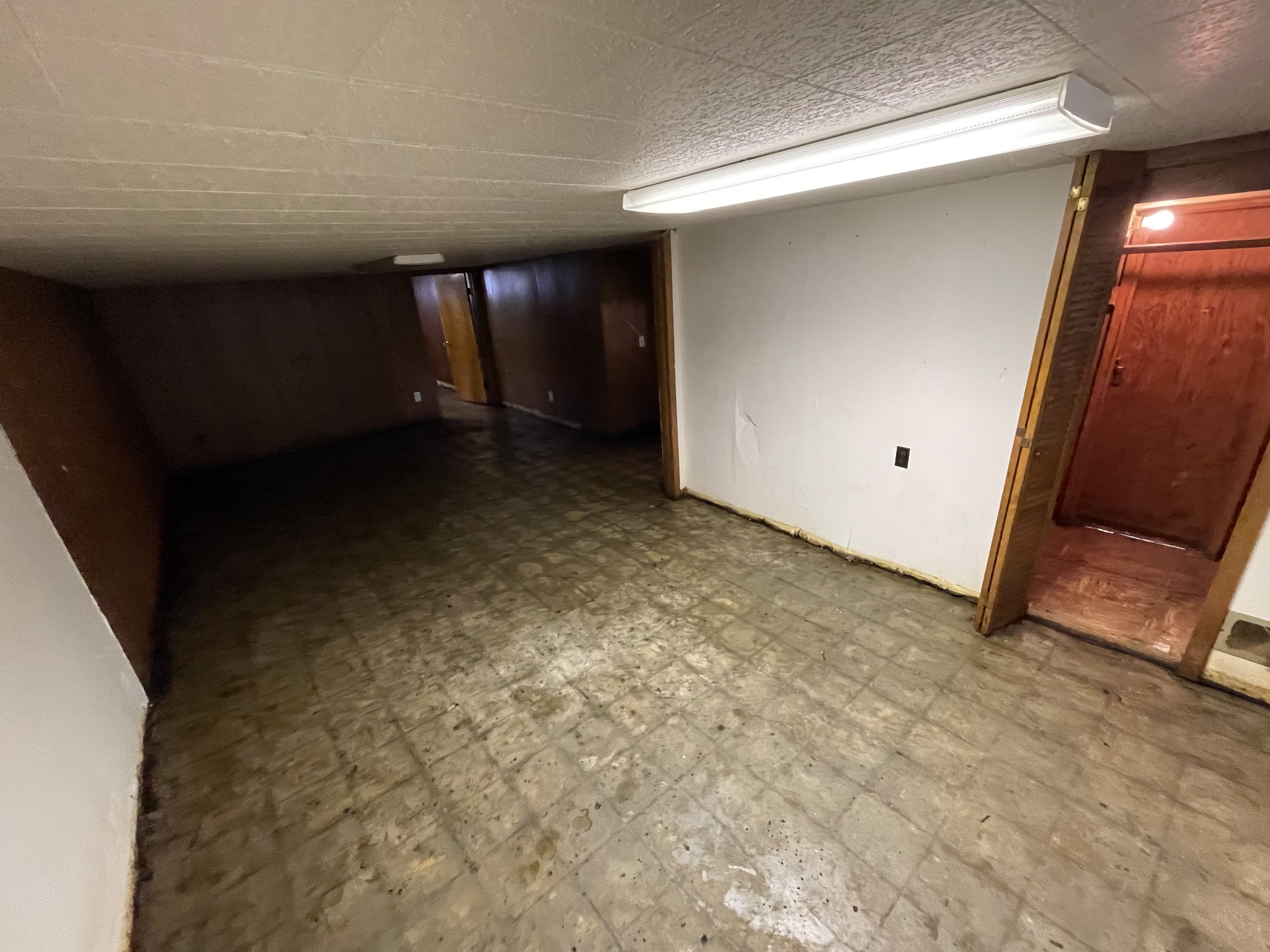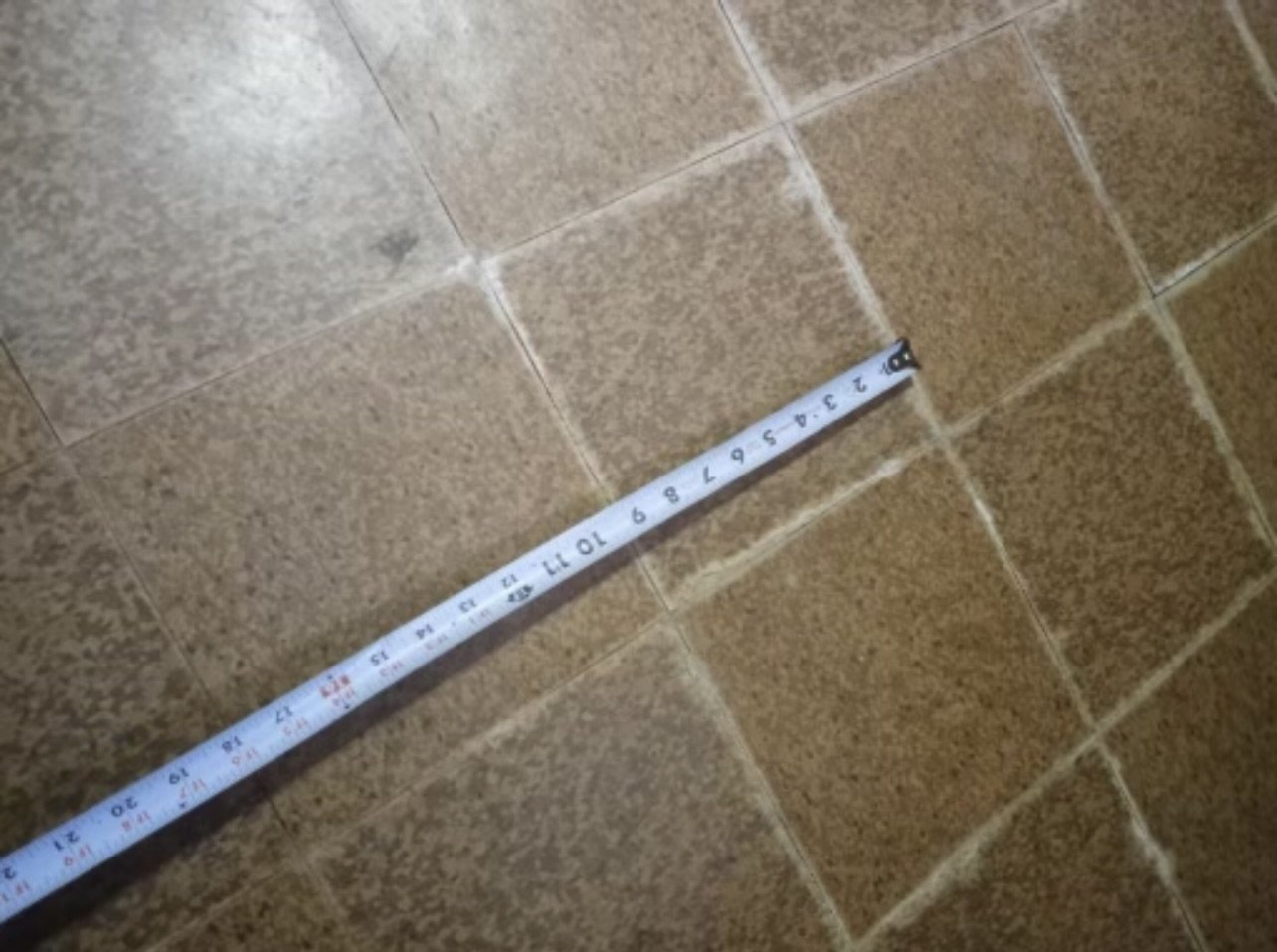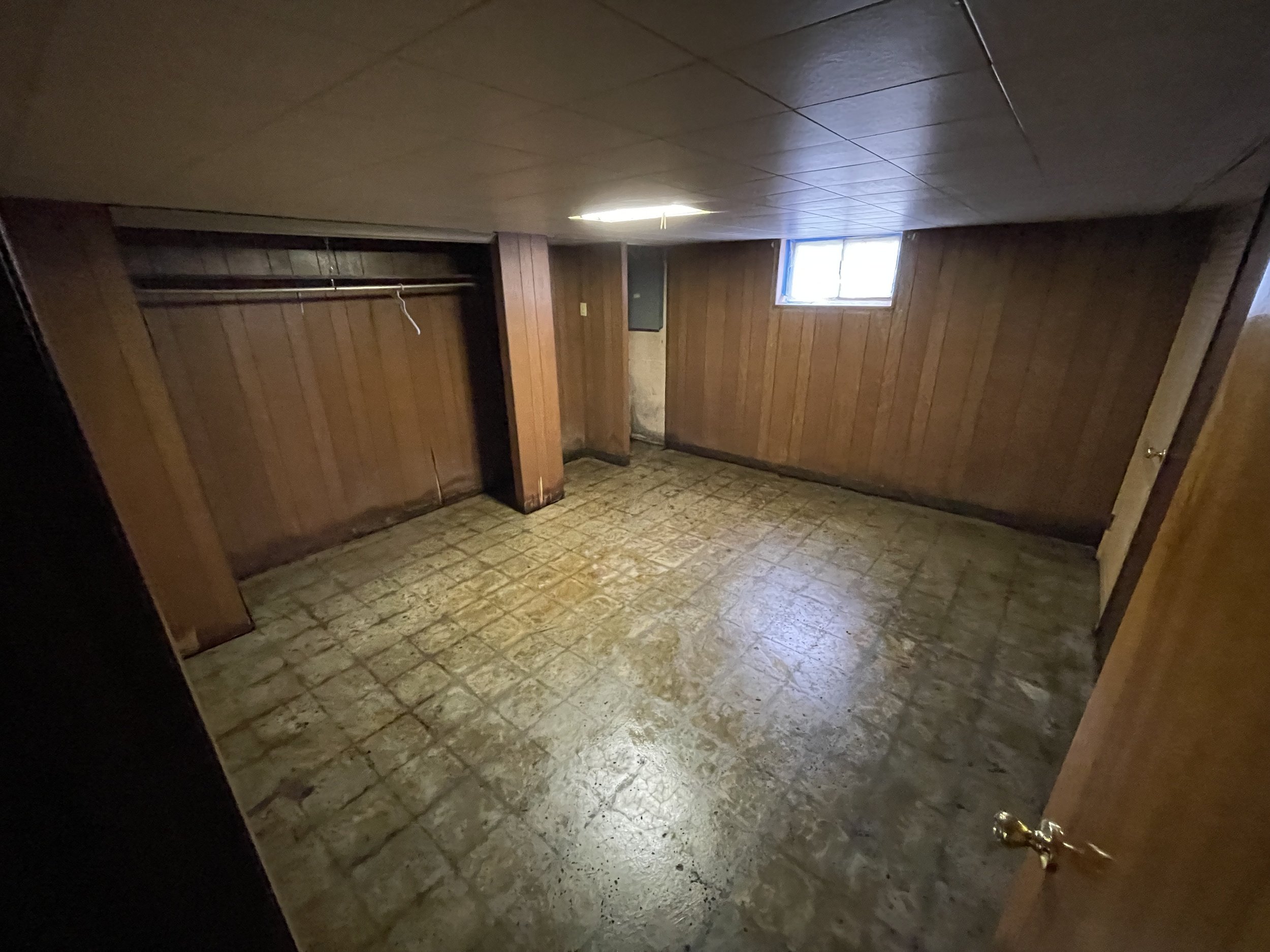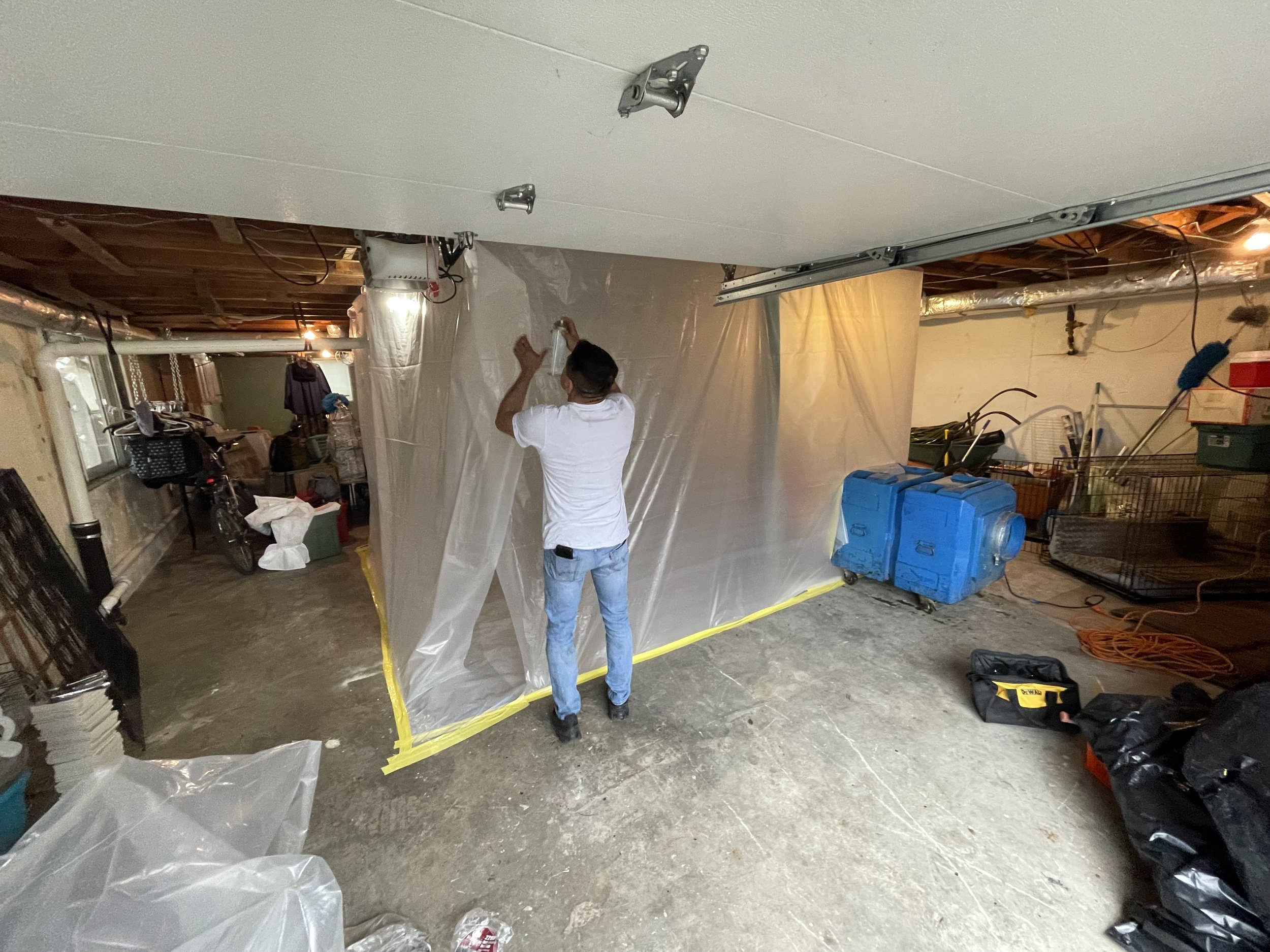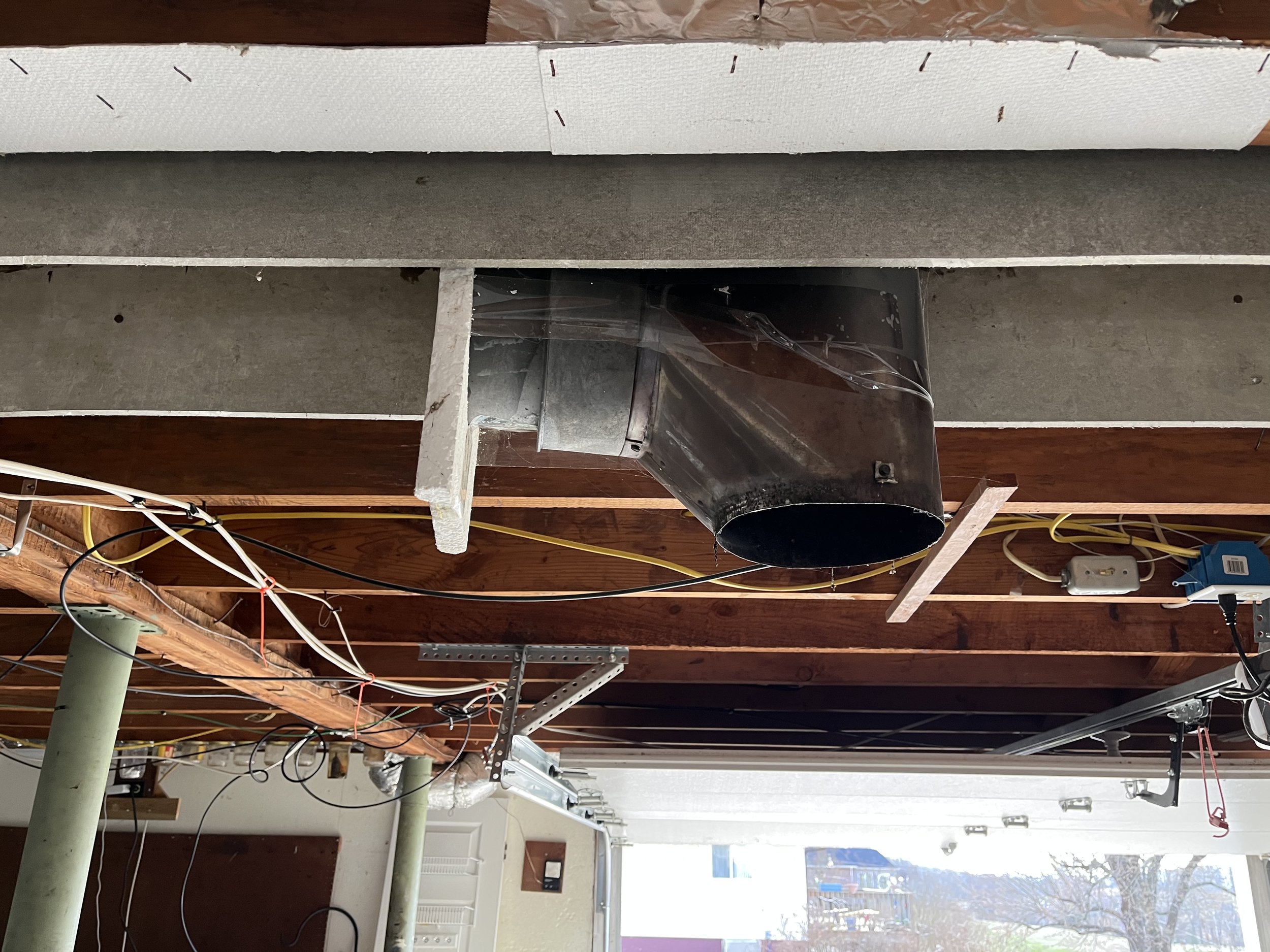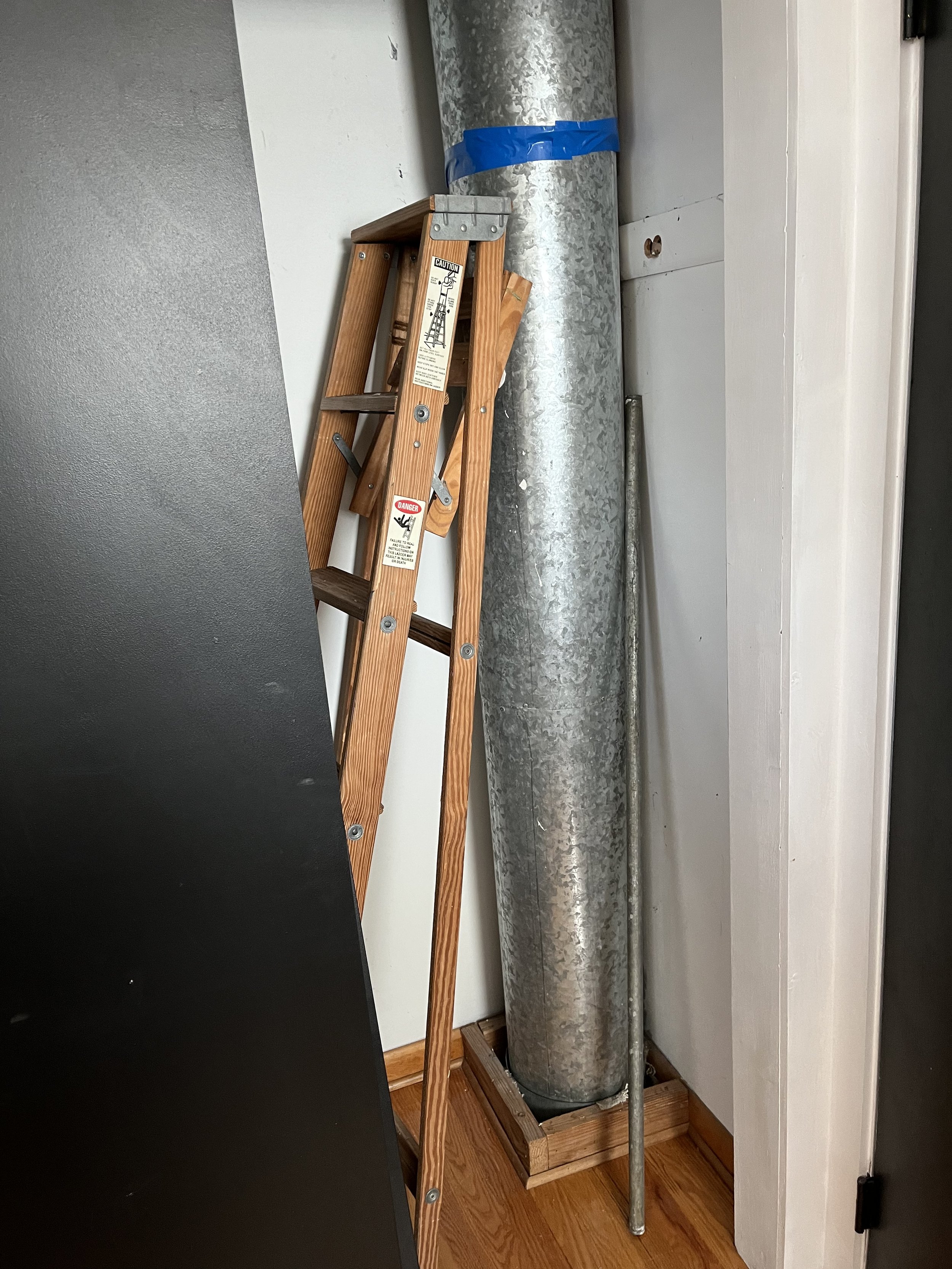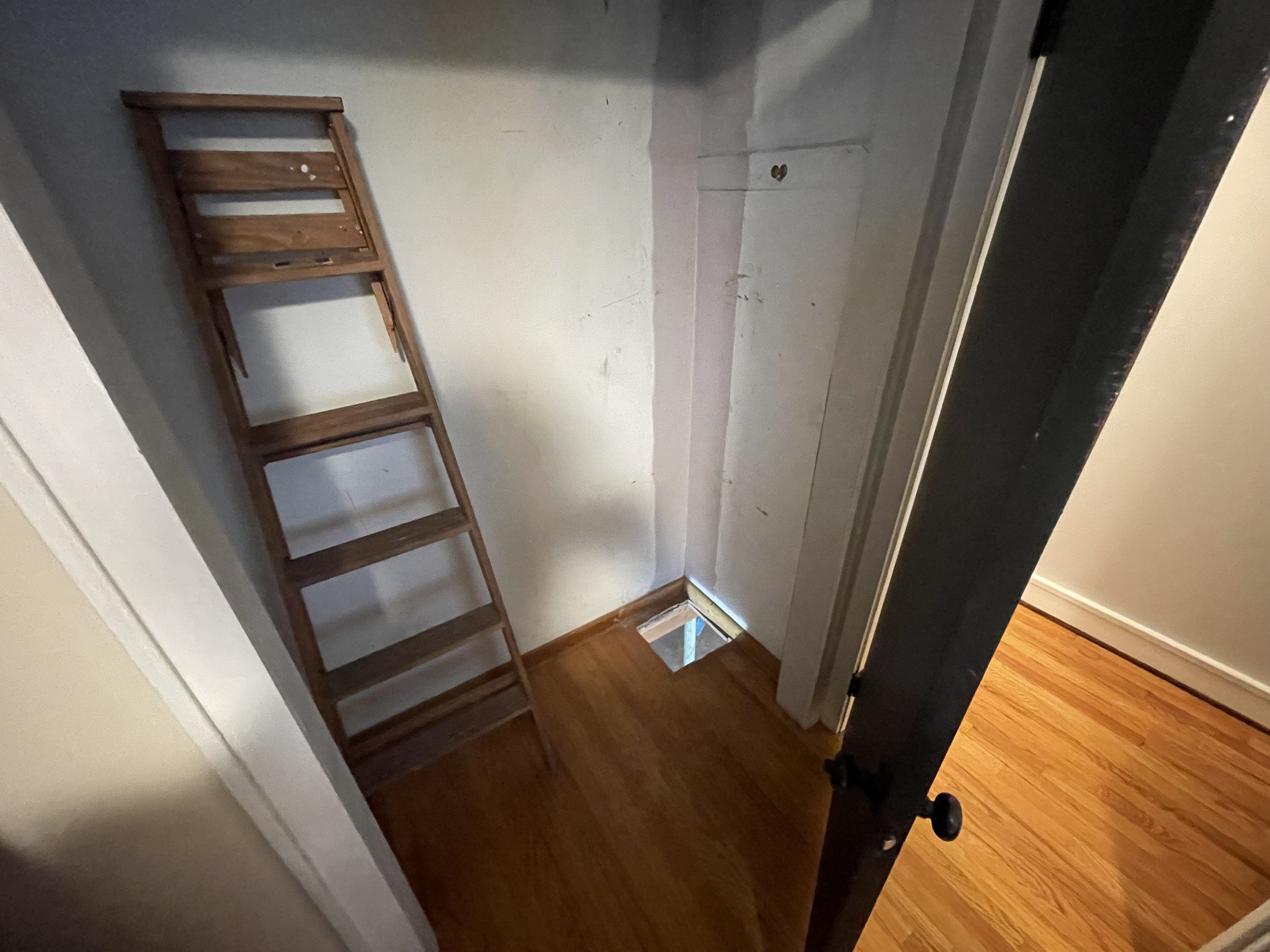Asbestos Testing & Removal
Same Day Service Available, Call Now!
Looking for an efficient, cost-effective, 5-star asbestos removal company? Contact us today to start the process of removing any asbestos or lead paint you may have in your home or business.
Follow a brief description on the abatement process practiced by A1!
-

Identifying, Testing and Educating
When dealing with asbestos or lead paint abatement (removal), the first step we take with our customers is first identifying when the home or building was built, and where the hazardous material may be. Asbestos has been incorporated into thousands of products and building materials. It was particularly popular in the 1930s to the 1970s. So any structures built in that time frame have a high likelihood of containing asbestos. Asbestos fibers are not visible to the human eye and can be difficult to identify. It’s important for people to be aware of common materials that may contain asbestos to prevent exposure. This is why we take the time to inform our customers of its nature. Once we’ve properly examined all the potential areas of exposure, our trained professionals prep a small area to take samples to test in a lab. The lab results are then shared with the property owners. If the samples contain asbestos, we will suggest what steps to take next, and tailor an abatement plan specific to their needs.
-
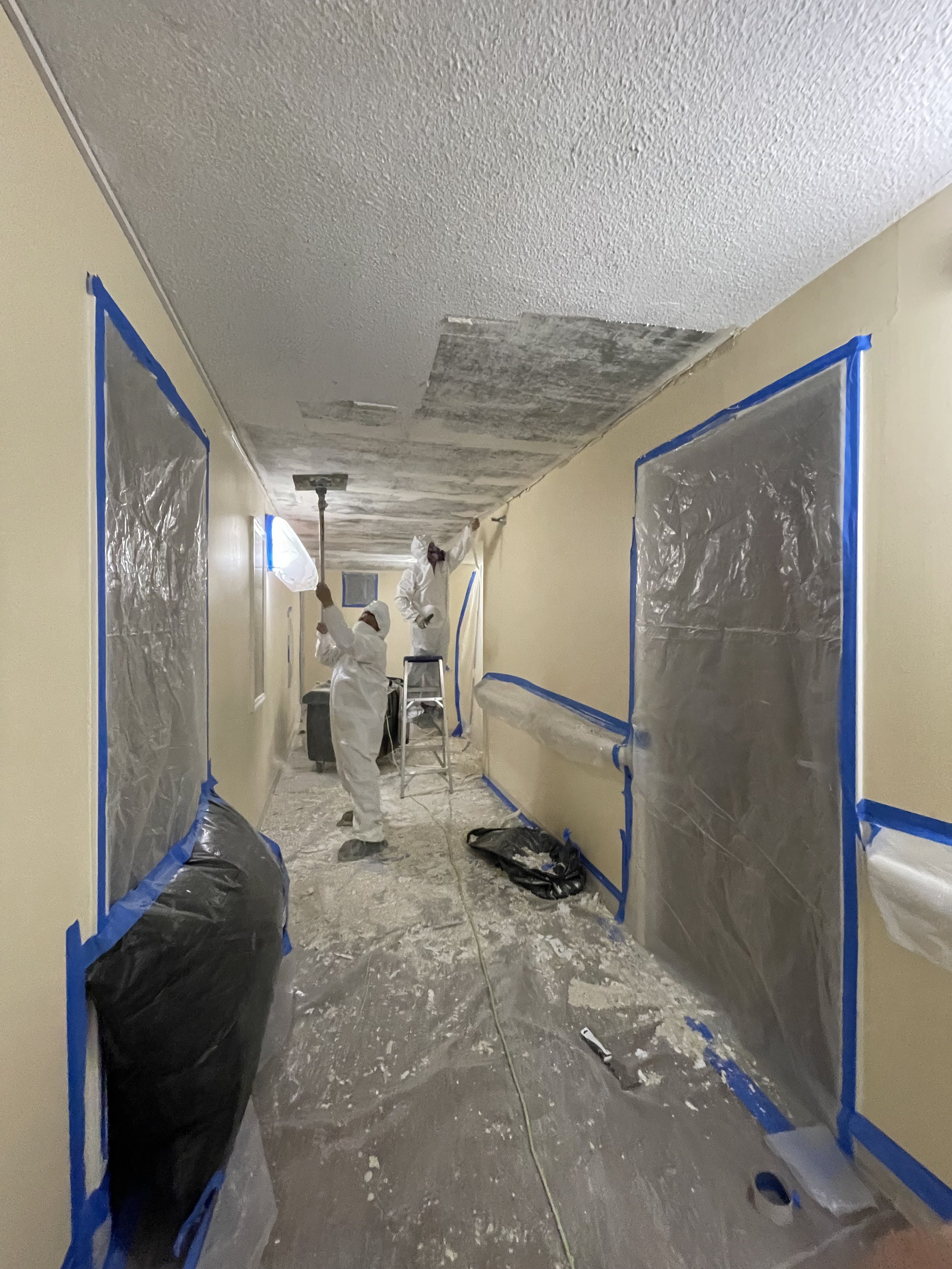
The Removal or Encapsulation
Depending on the condition of the asbestos materials, we may recommend encapsulation or abatement. During an encapsulation, our technicians will coat the asbestos materials with a sealant. The coating will prevent fibers from becoming airborne. If the asbestos is to be completely removed. Steps in the removal process include:
Turning off HVAC units and sealing the vents to prevent asbestos fibers from circulating.
Building containment areas around the asbestos with plastic sheeting.
Removing asbestos with the proper tools and equipment to keep all the fibrous materials contained.
Using specialized cleaning tools, solvents and HEPA filter vacuums to thoroughly clean the workspace.
Placing the hazardous waste that was removed from the site inside clearly marked, leak-tight containers.
-
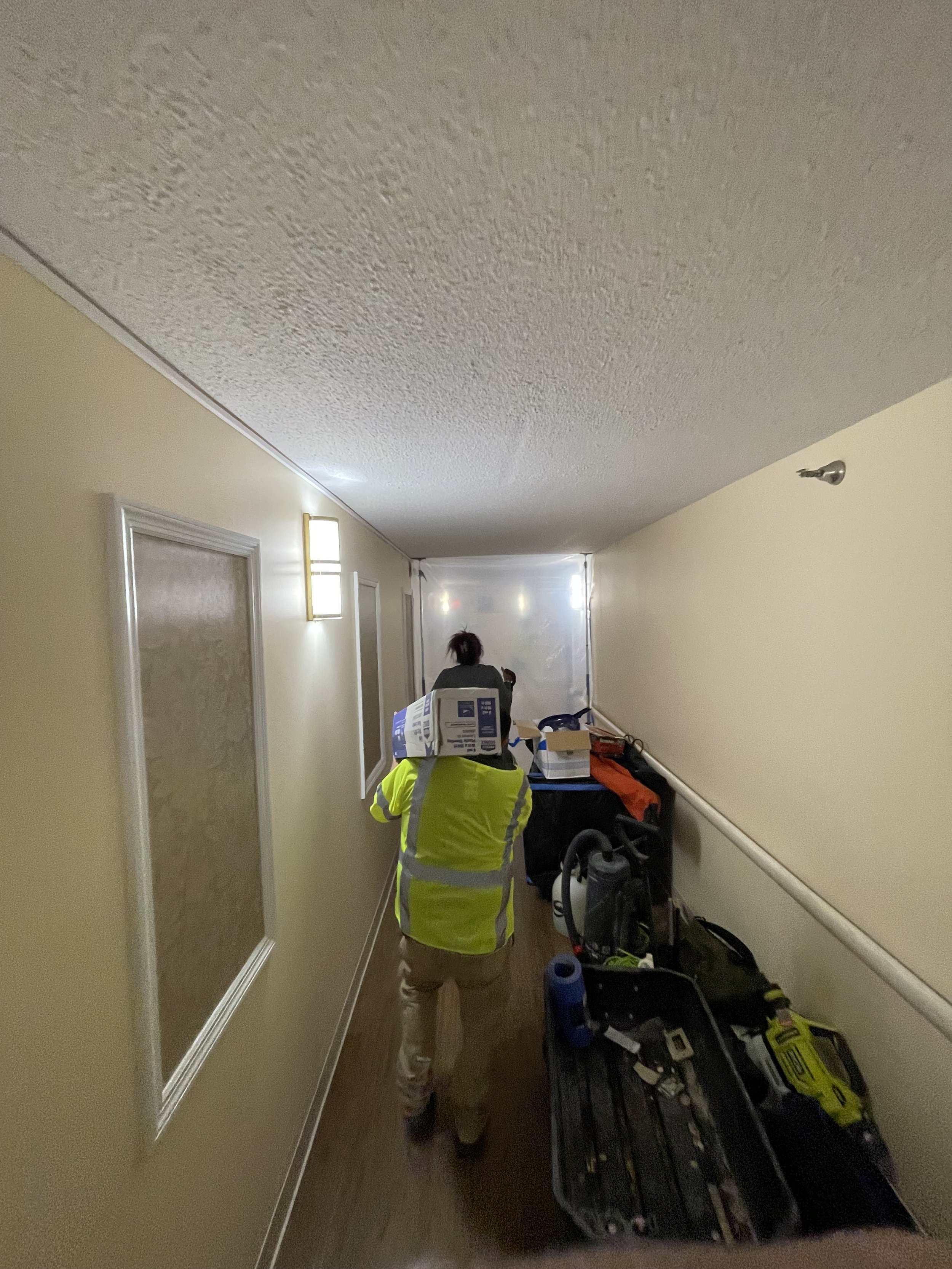
Clearance & Disposal
At the conclusion of the asbestos removal, depending on the project, an air clearance test is ran if required. When the criteria is met, and the area is considered safe,we will then remove the work area containment barriers and reclean the work area using HEPA vacuuming once again. Upon final completion, you should receive a report containing waste shipment records, permits, site logs, and copies of all licensing.
Our team will take the materials to a landfill qualified to receive the waste. Different regions of Tennessee have their own protocols for dropping off asbestos waste. We have a clear outline and relationship with the landfills and dumps that take the hazardous material in order to properly dispose of the waste in a timely manner. Most landfills do not take ACM (asbestos containing materiel), therefor making it hard for DIYers to find a place to dispose of the waste.
